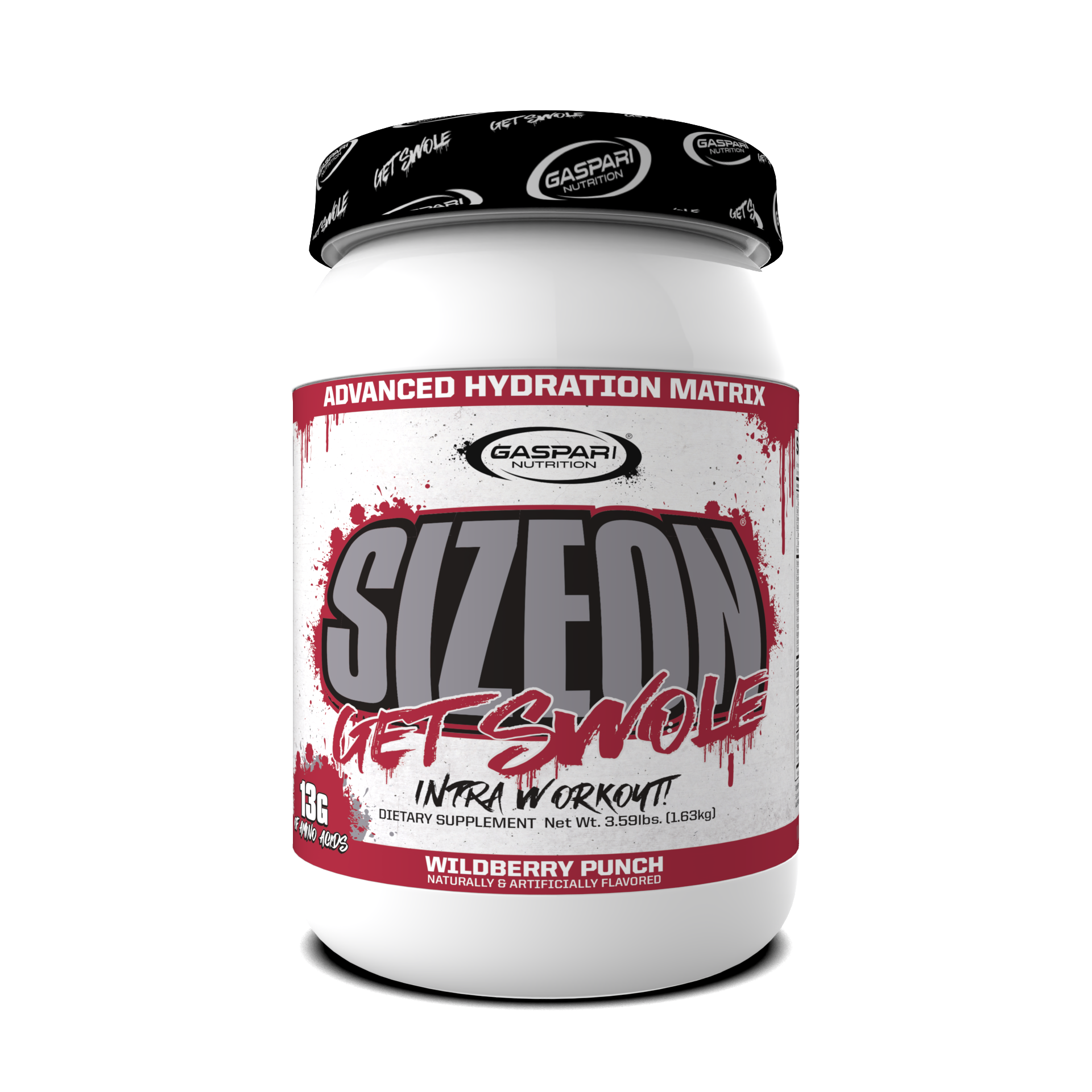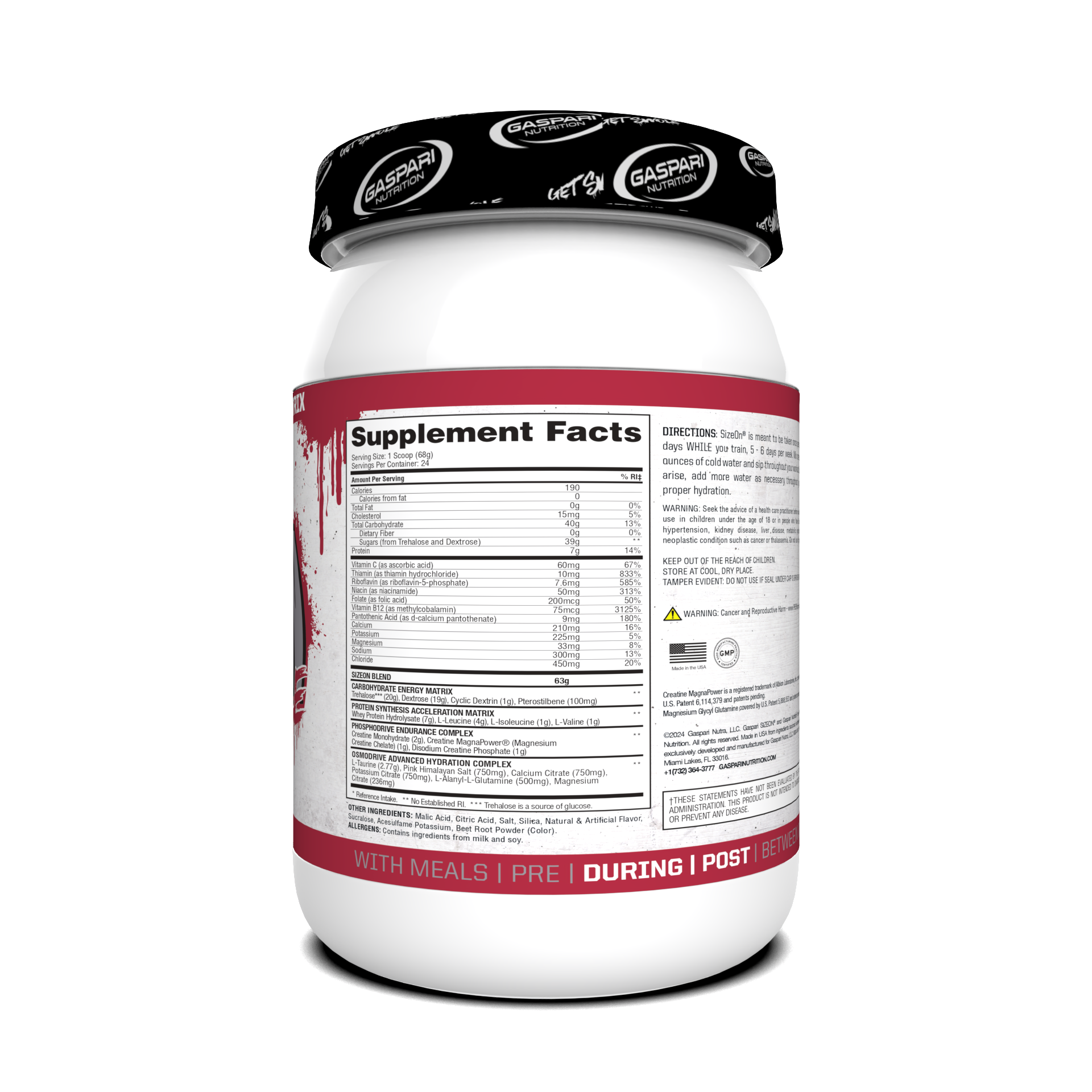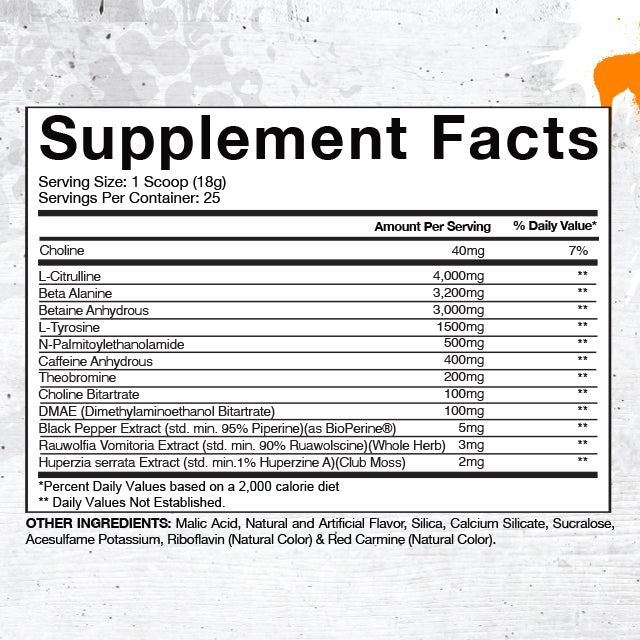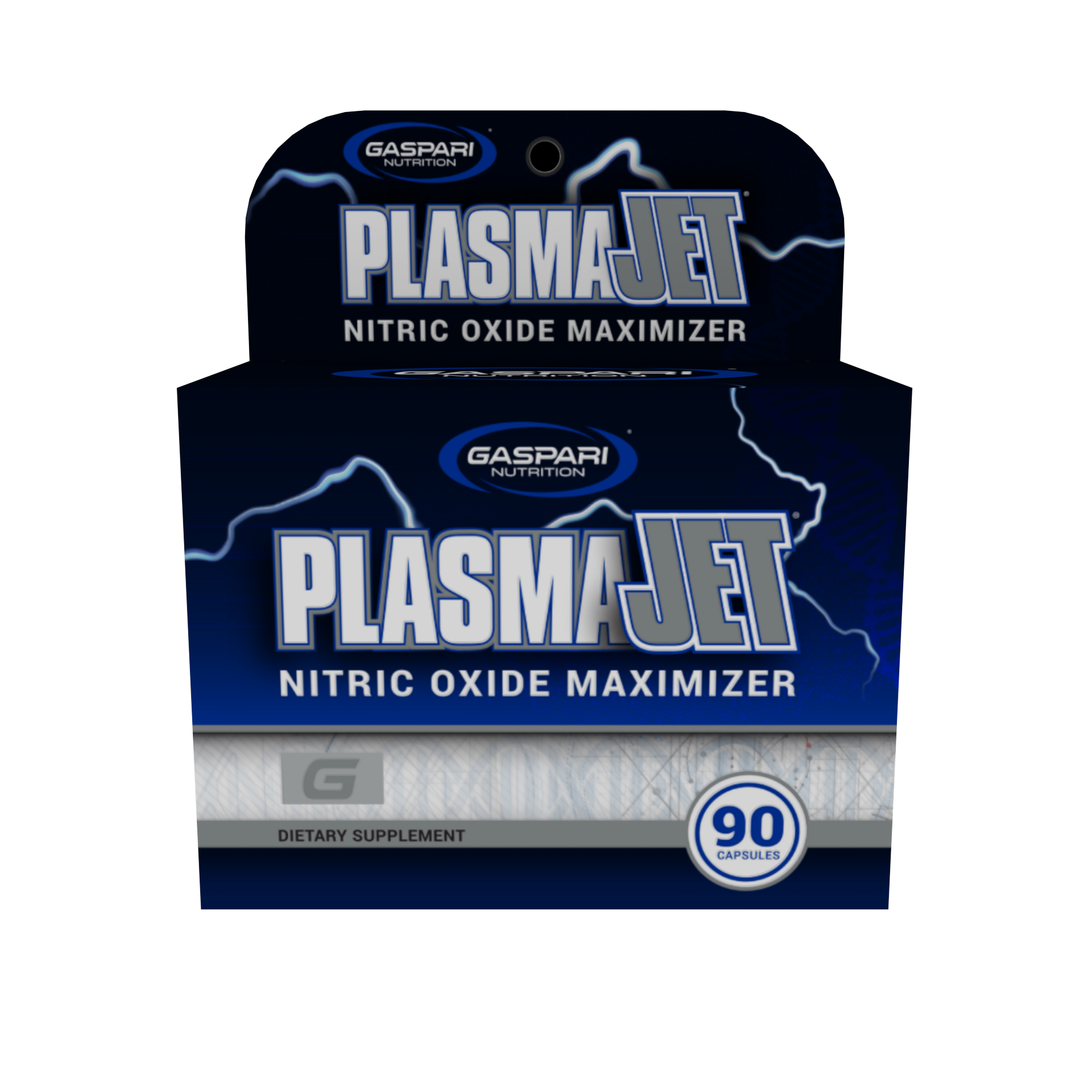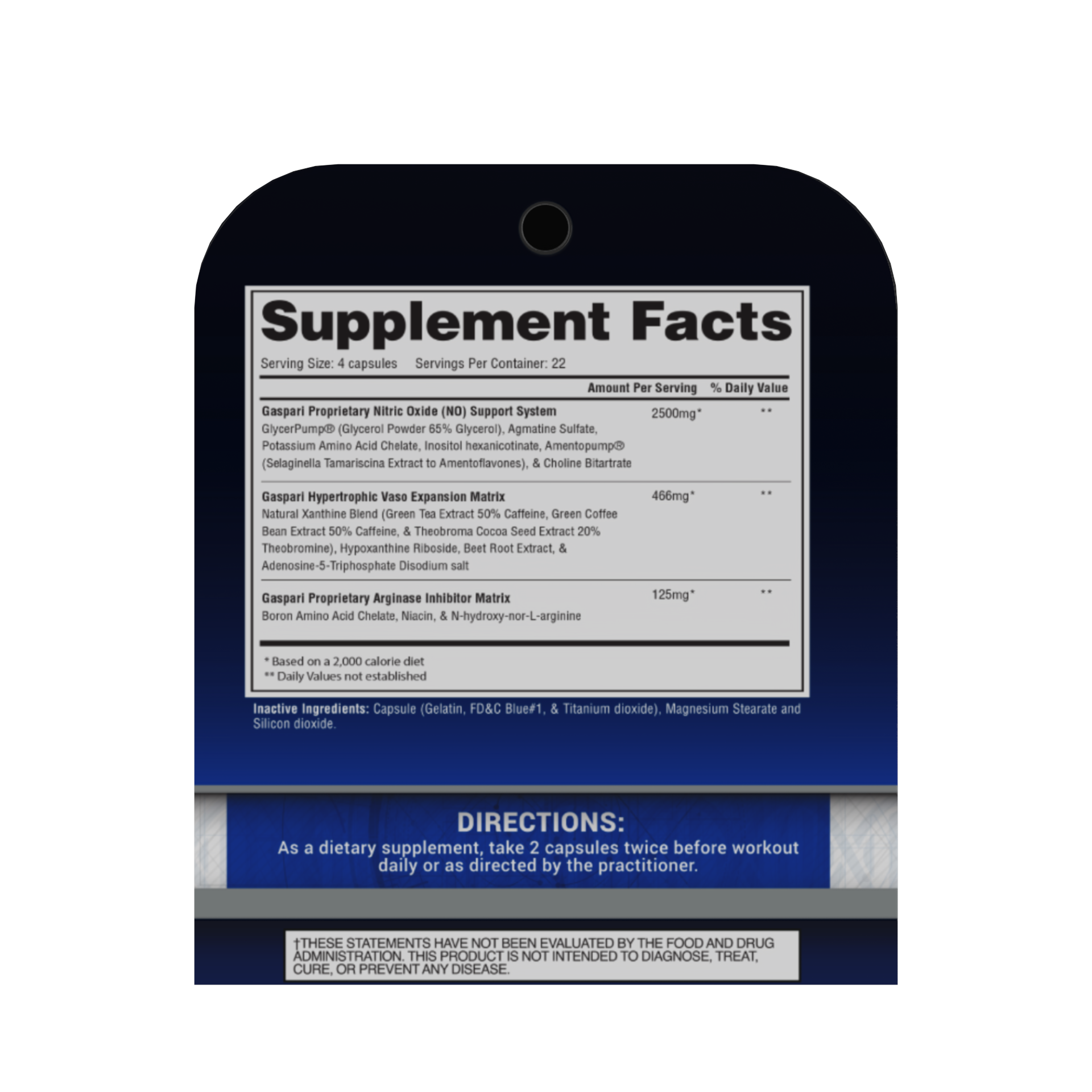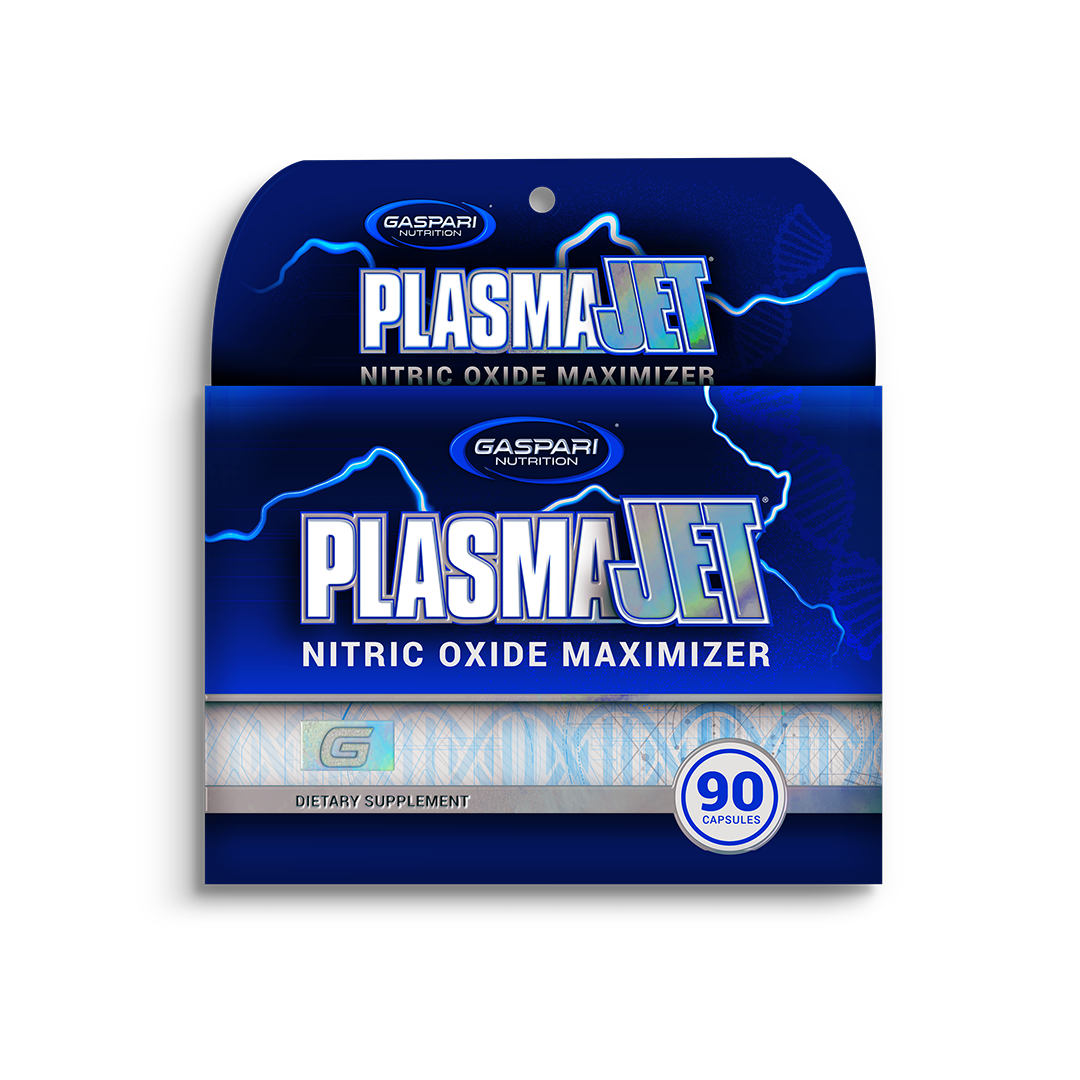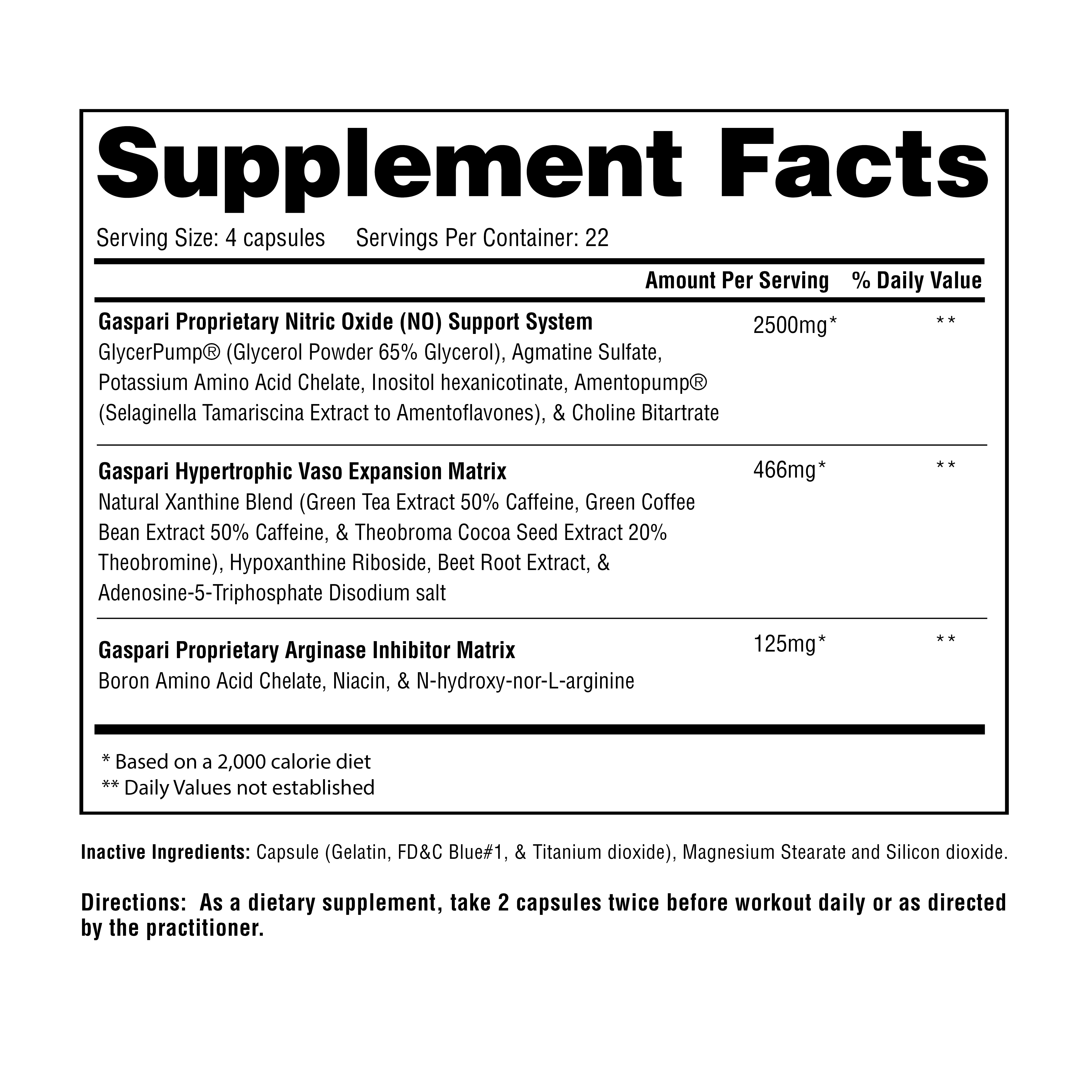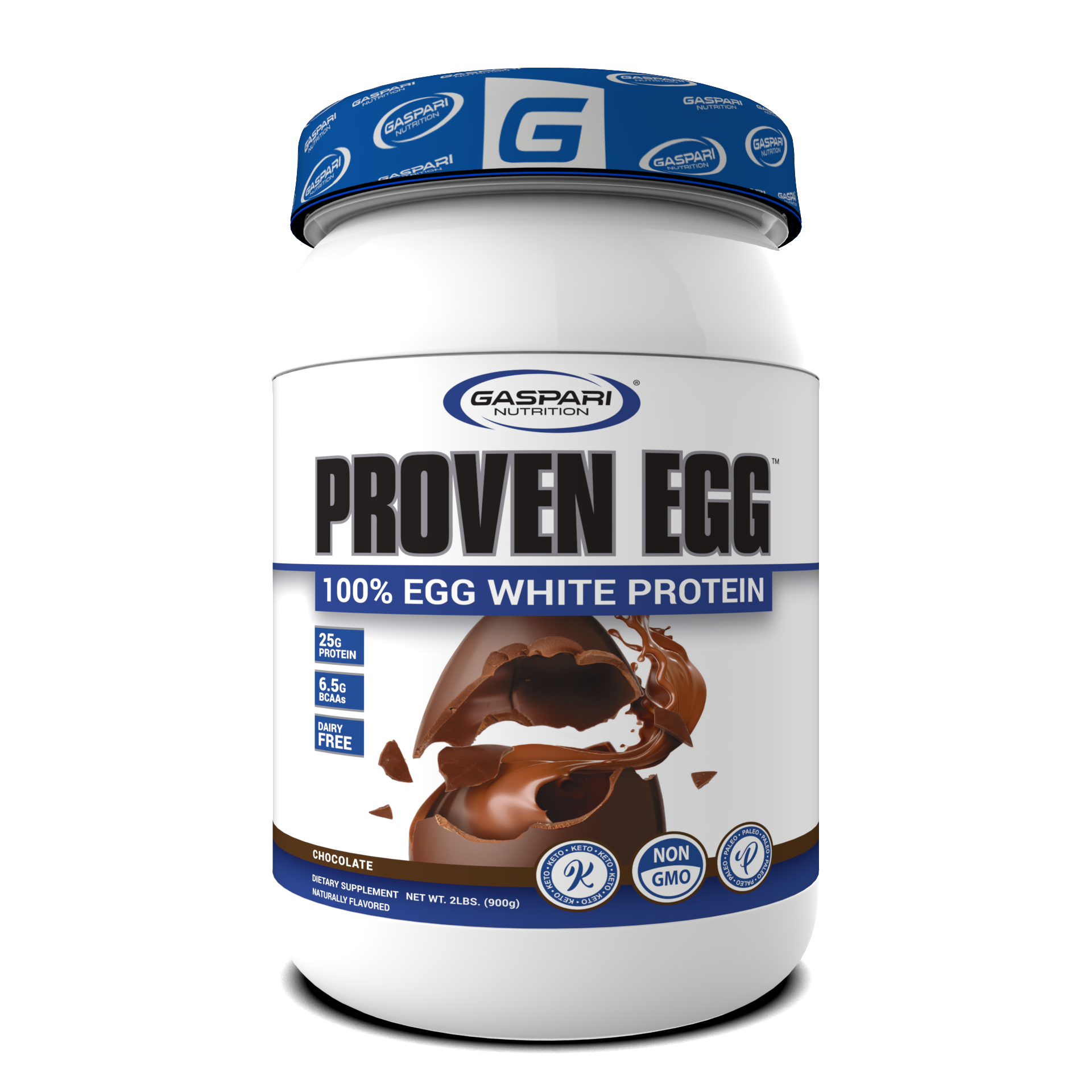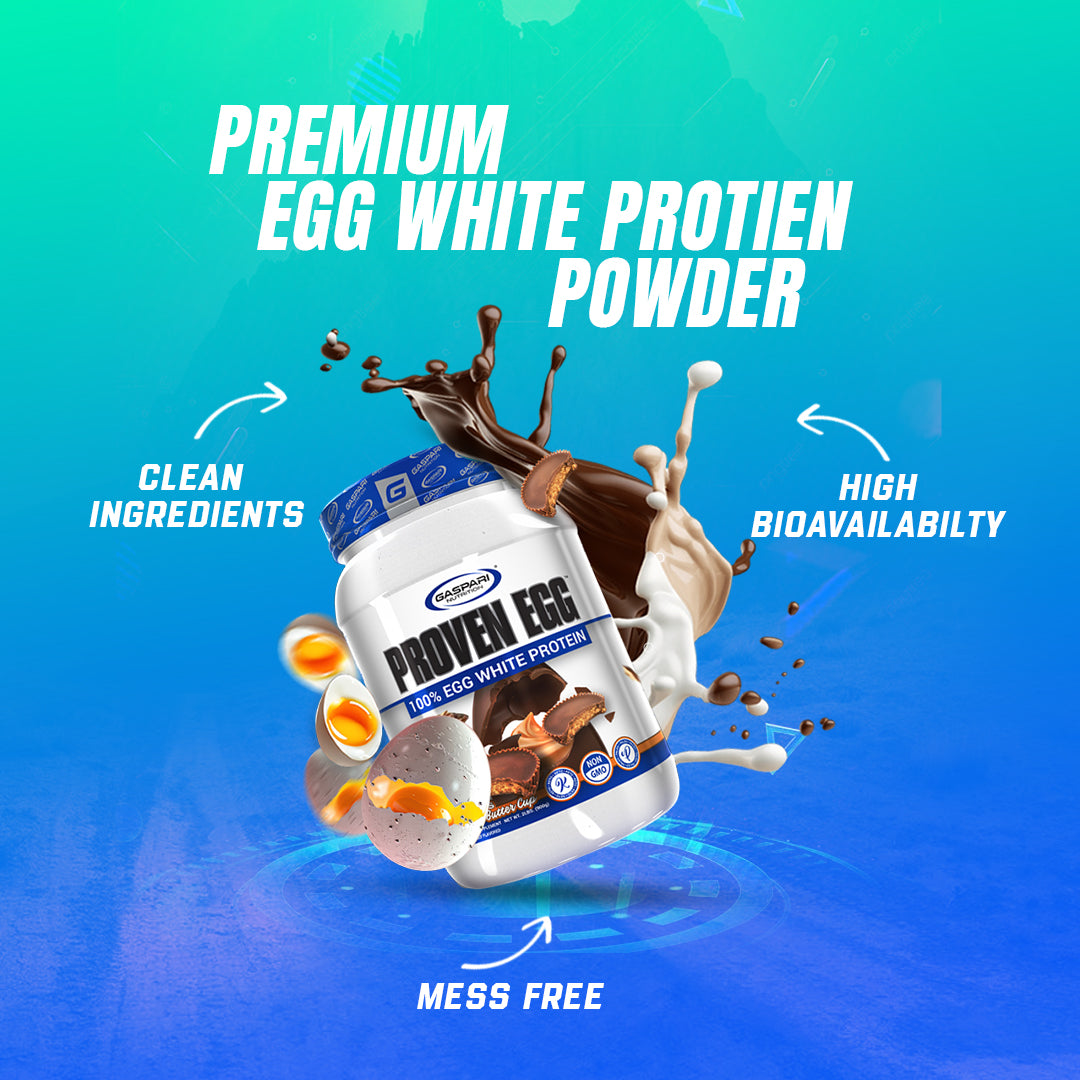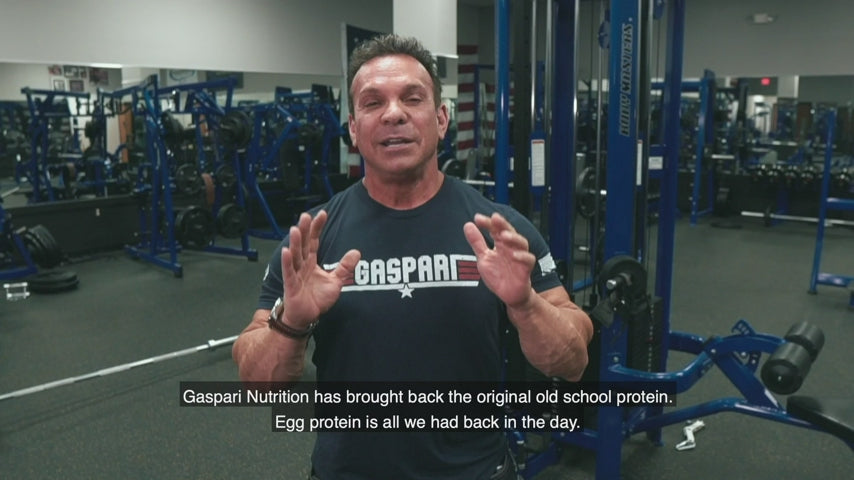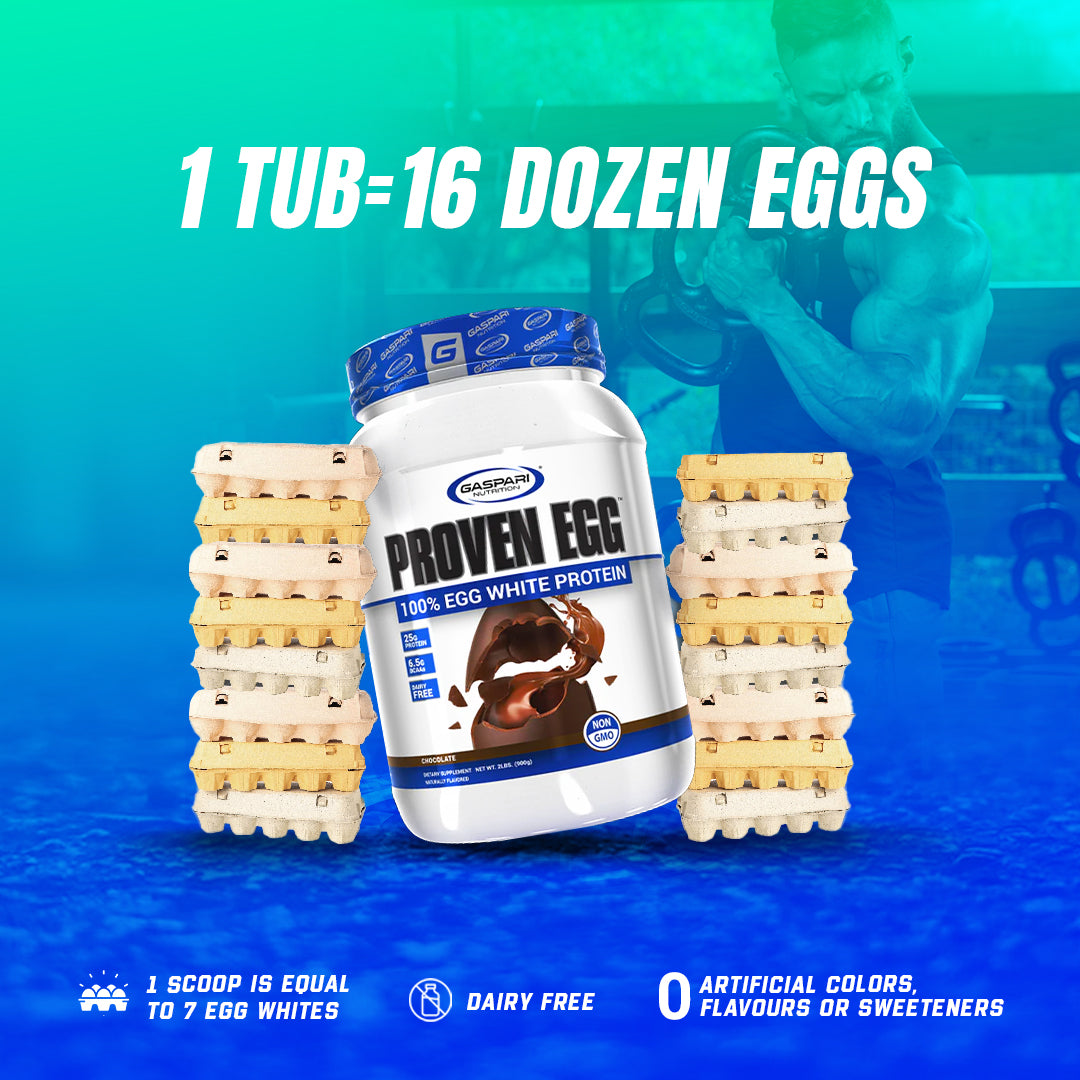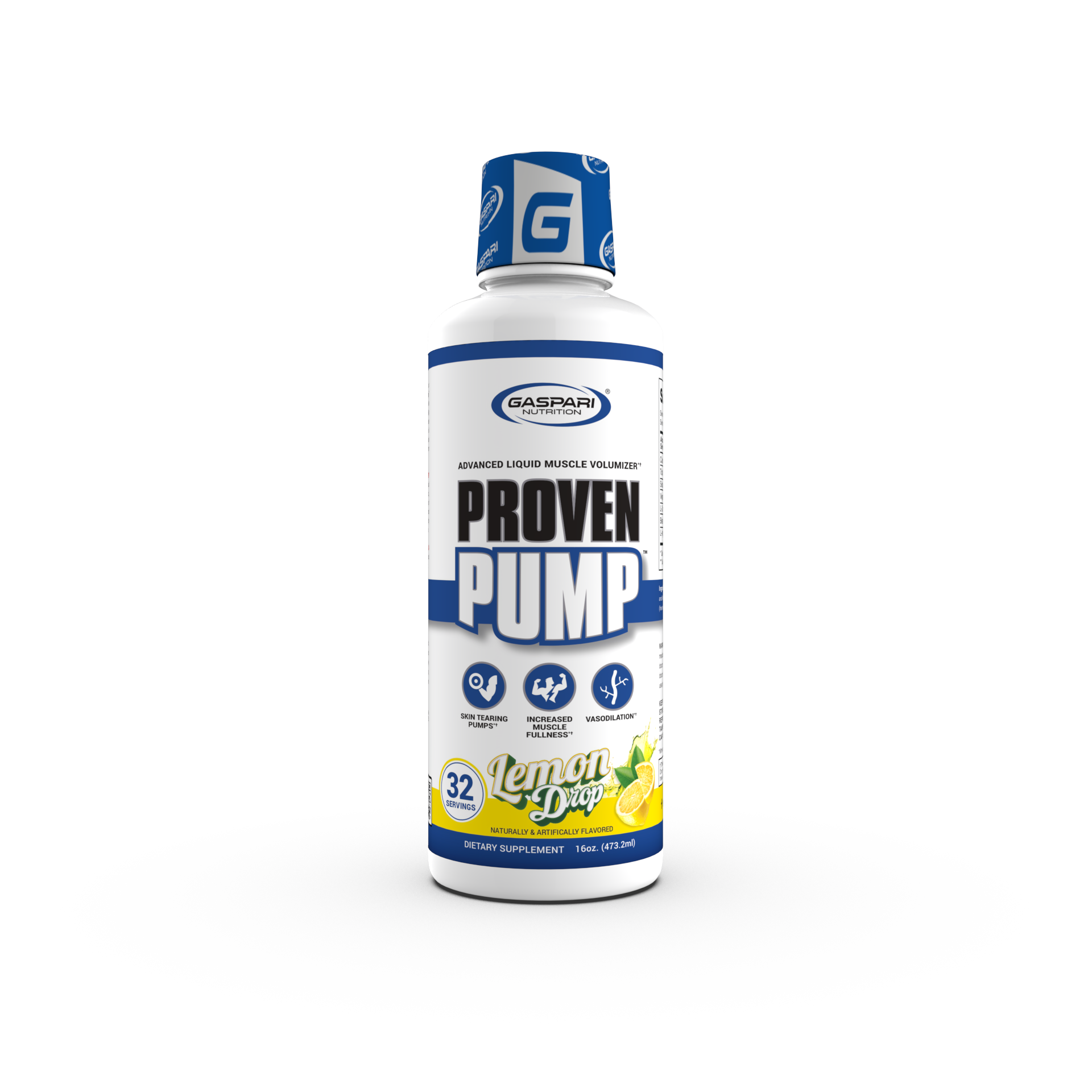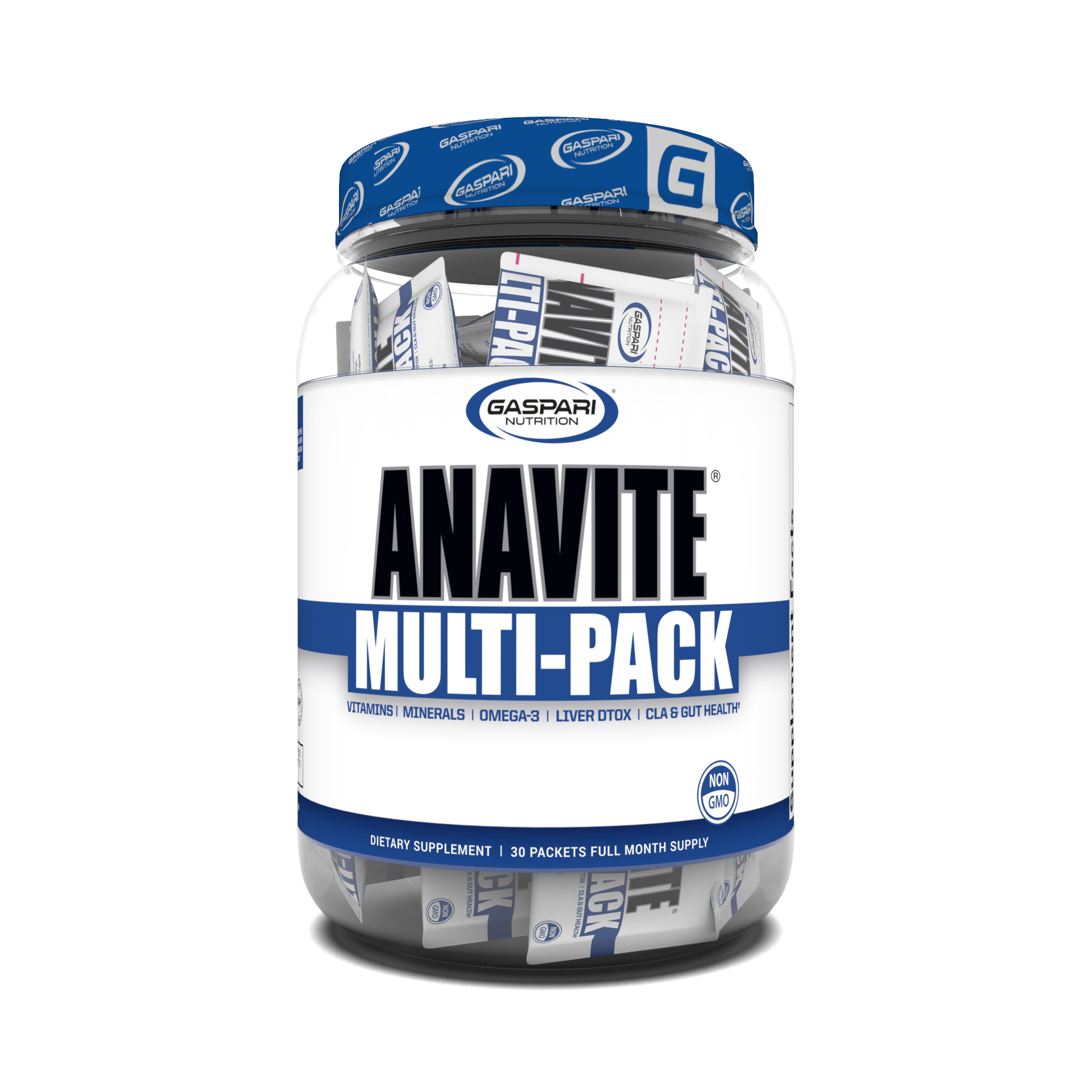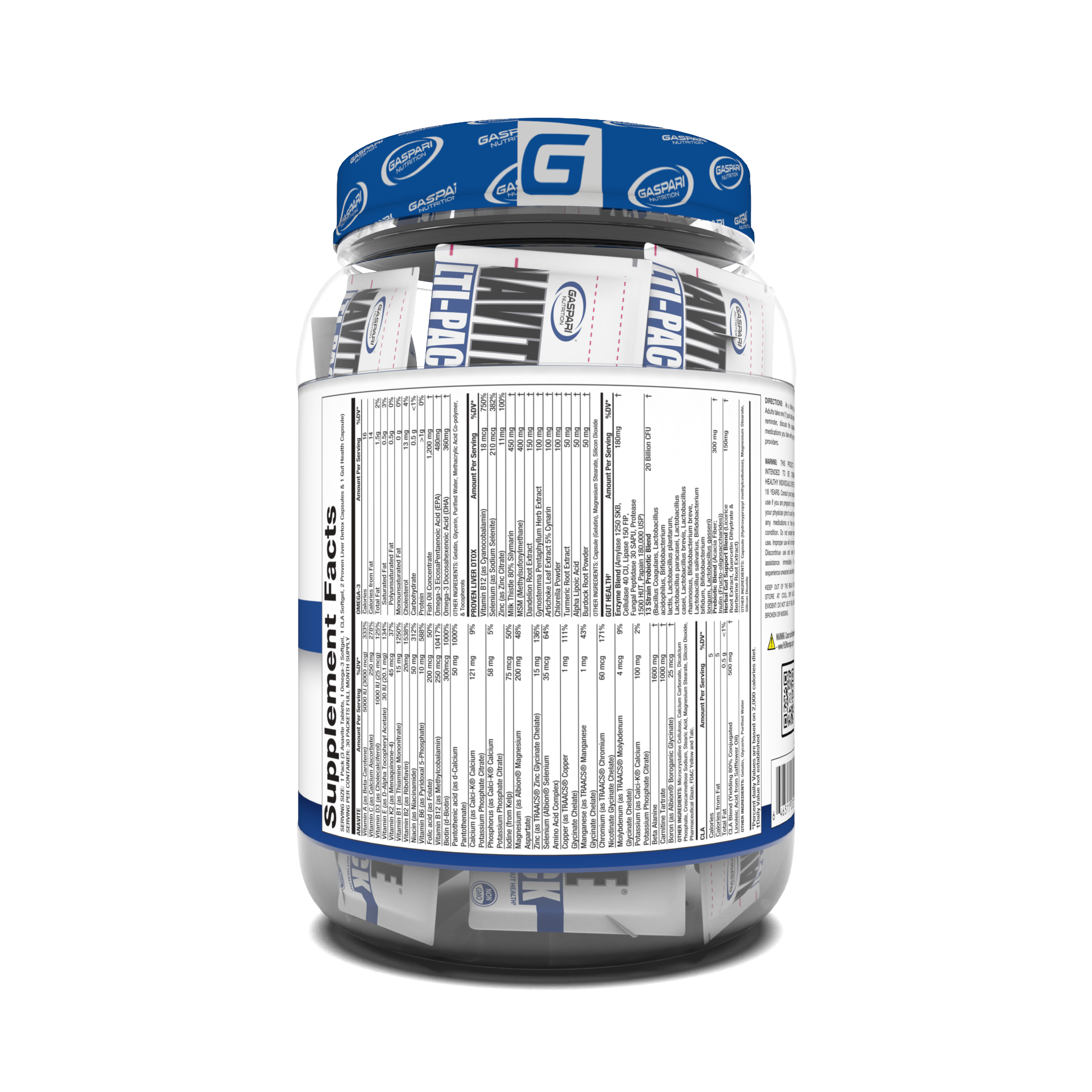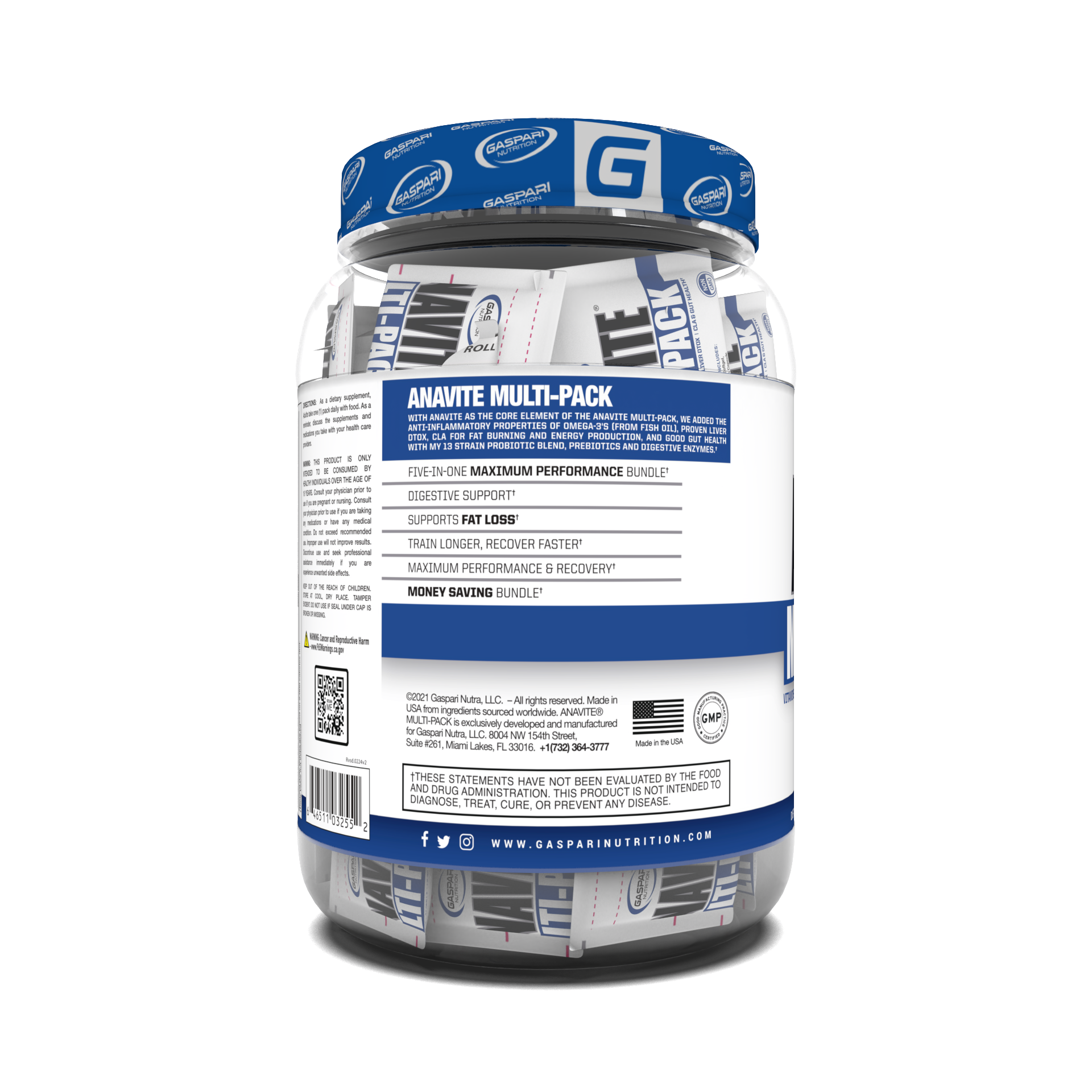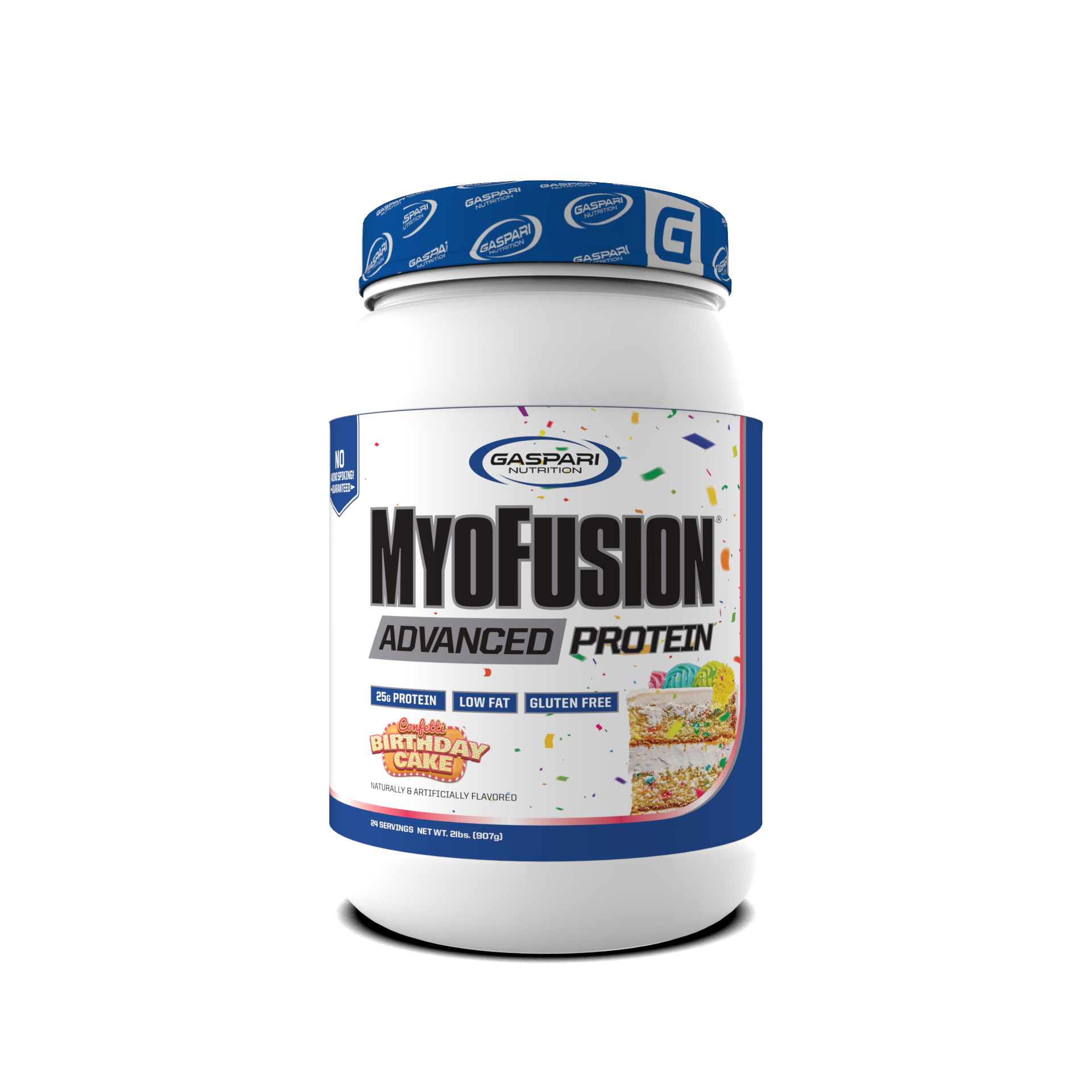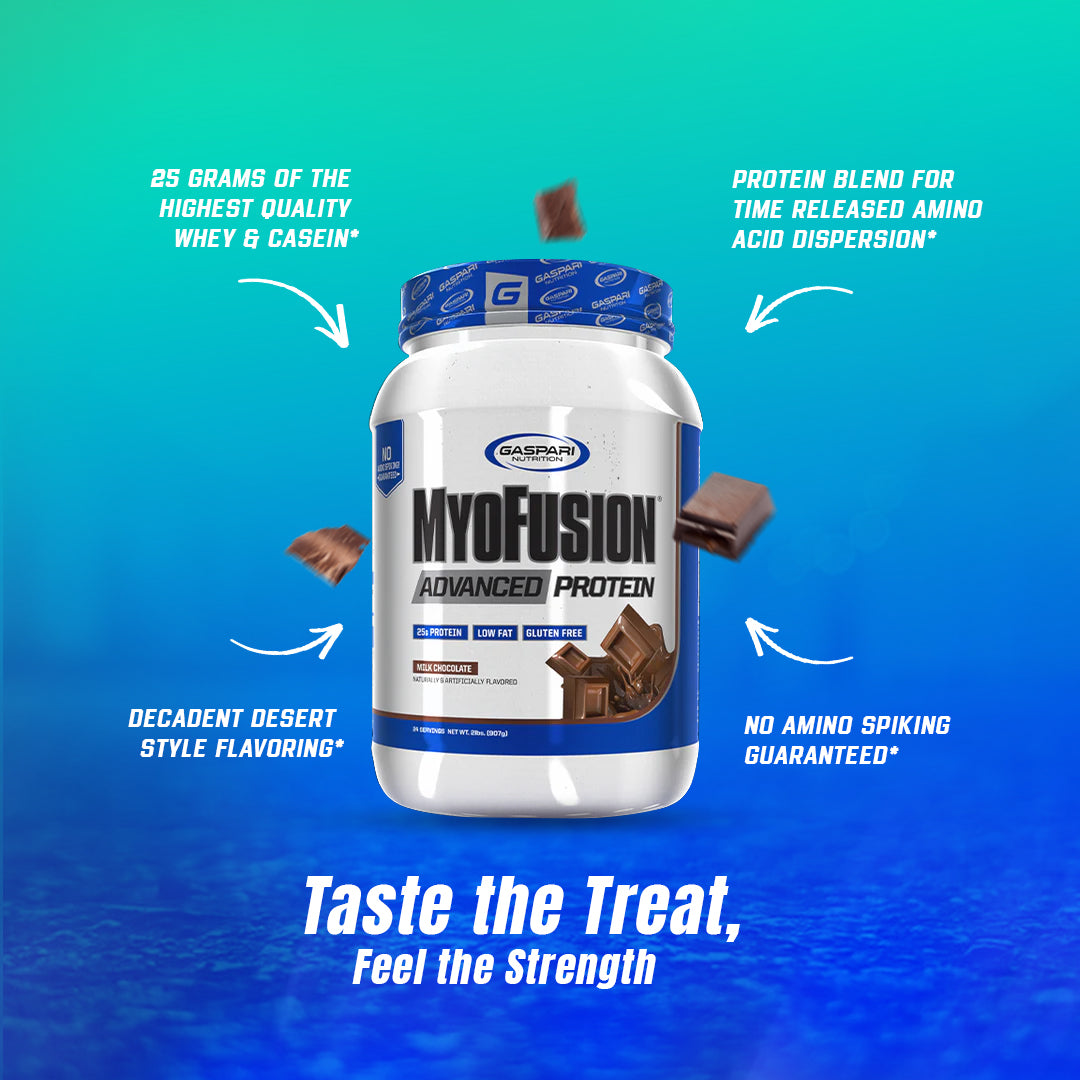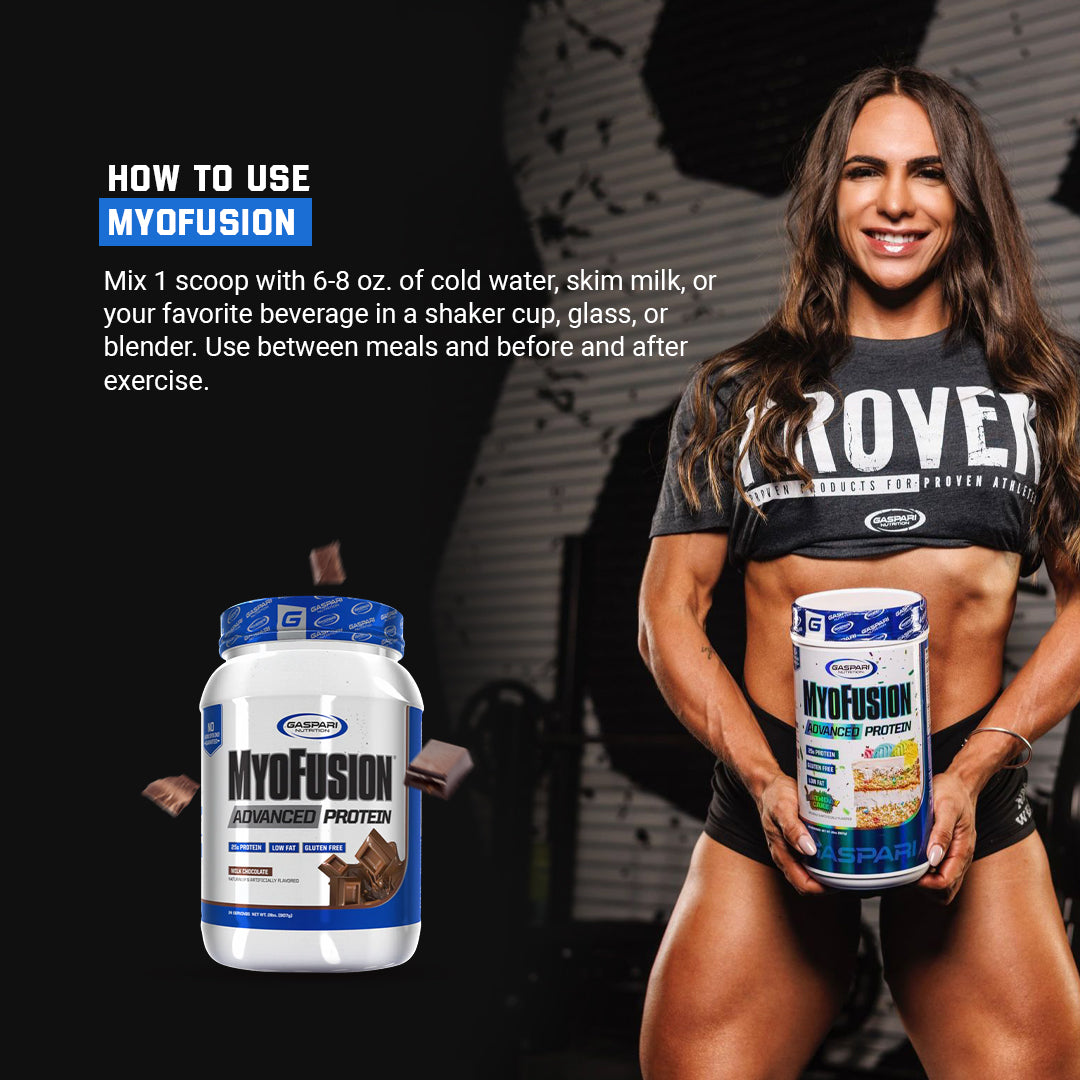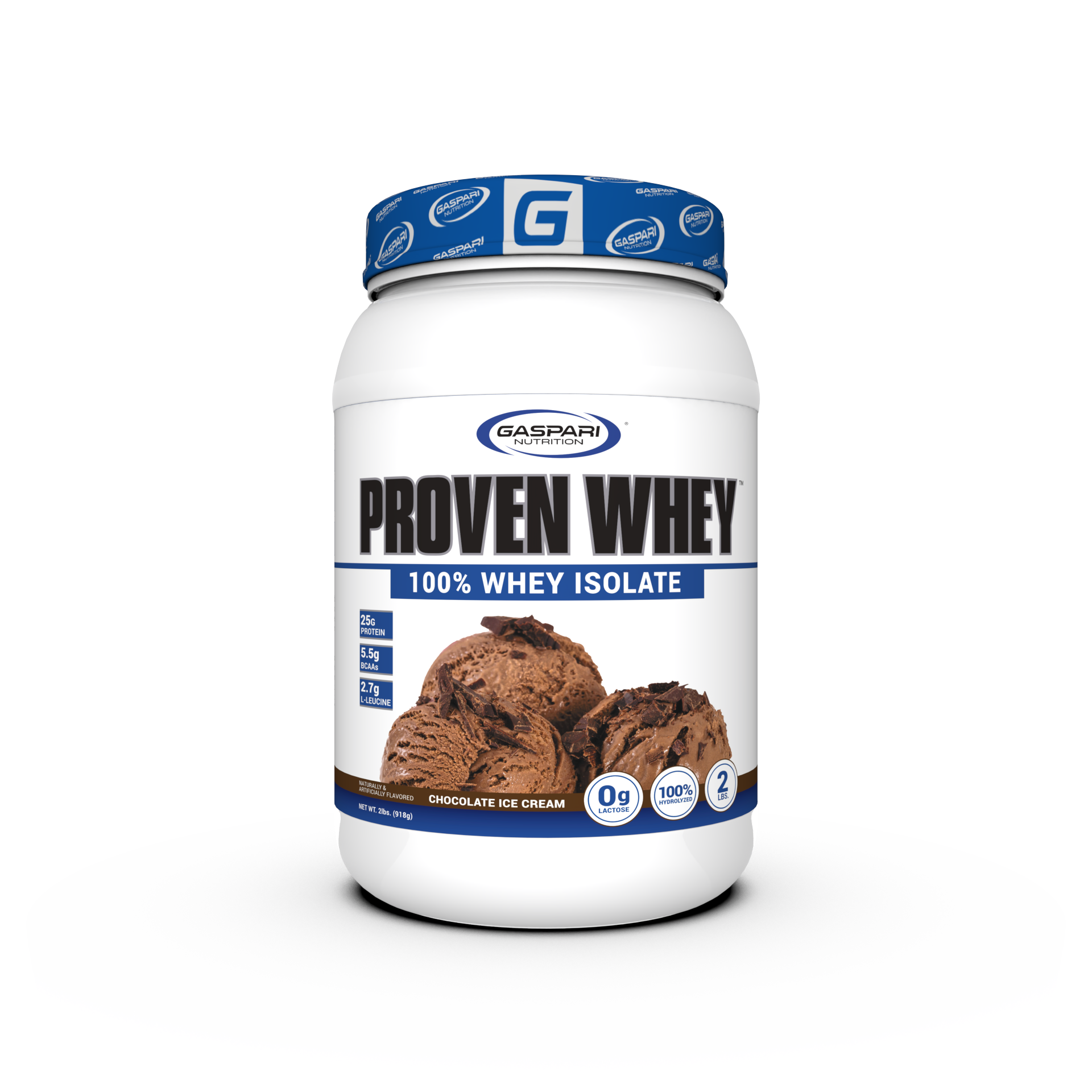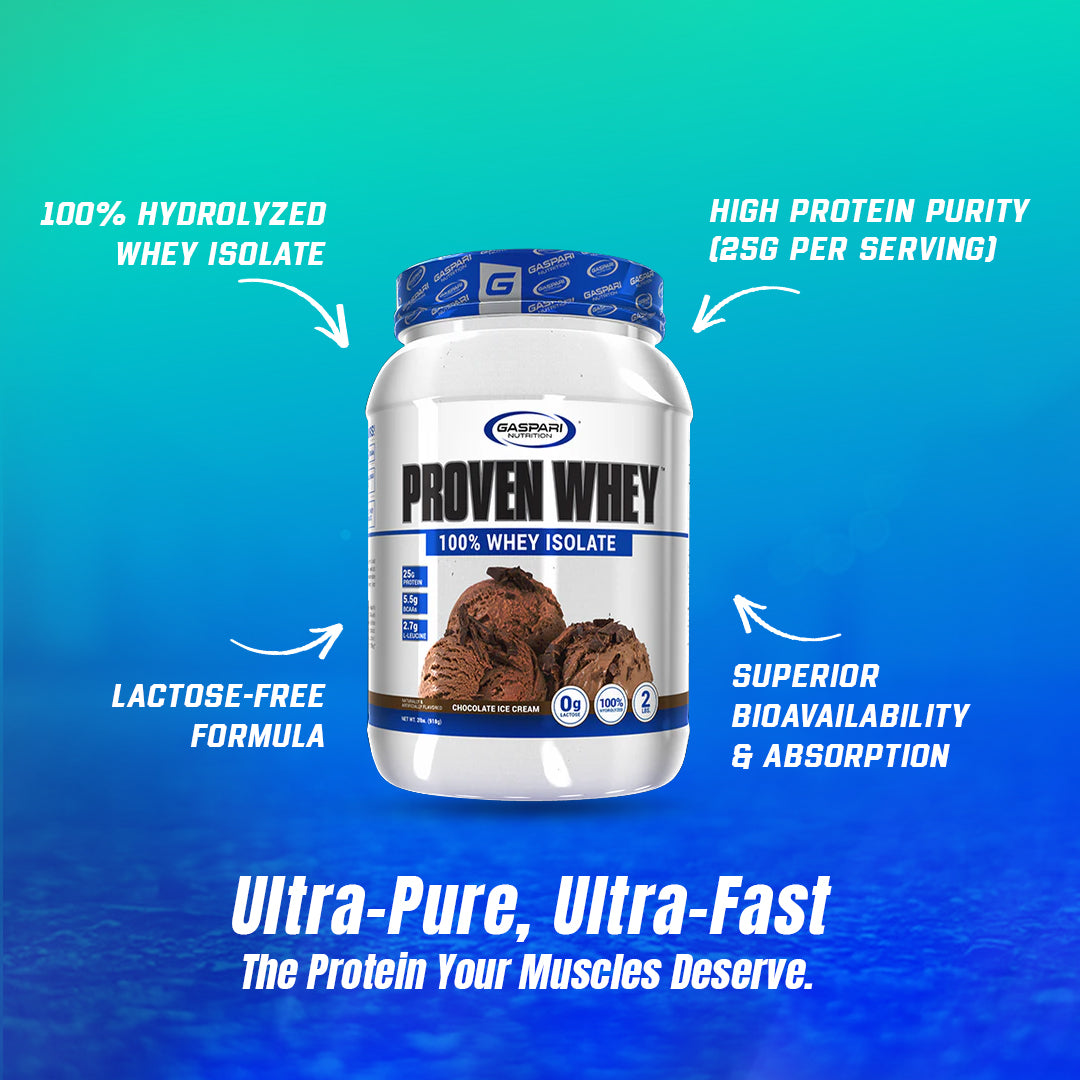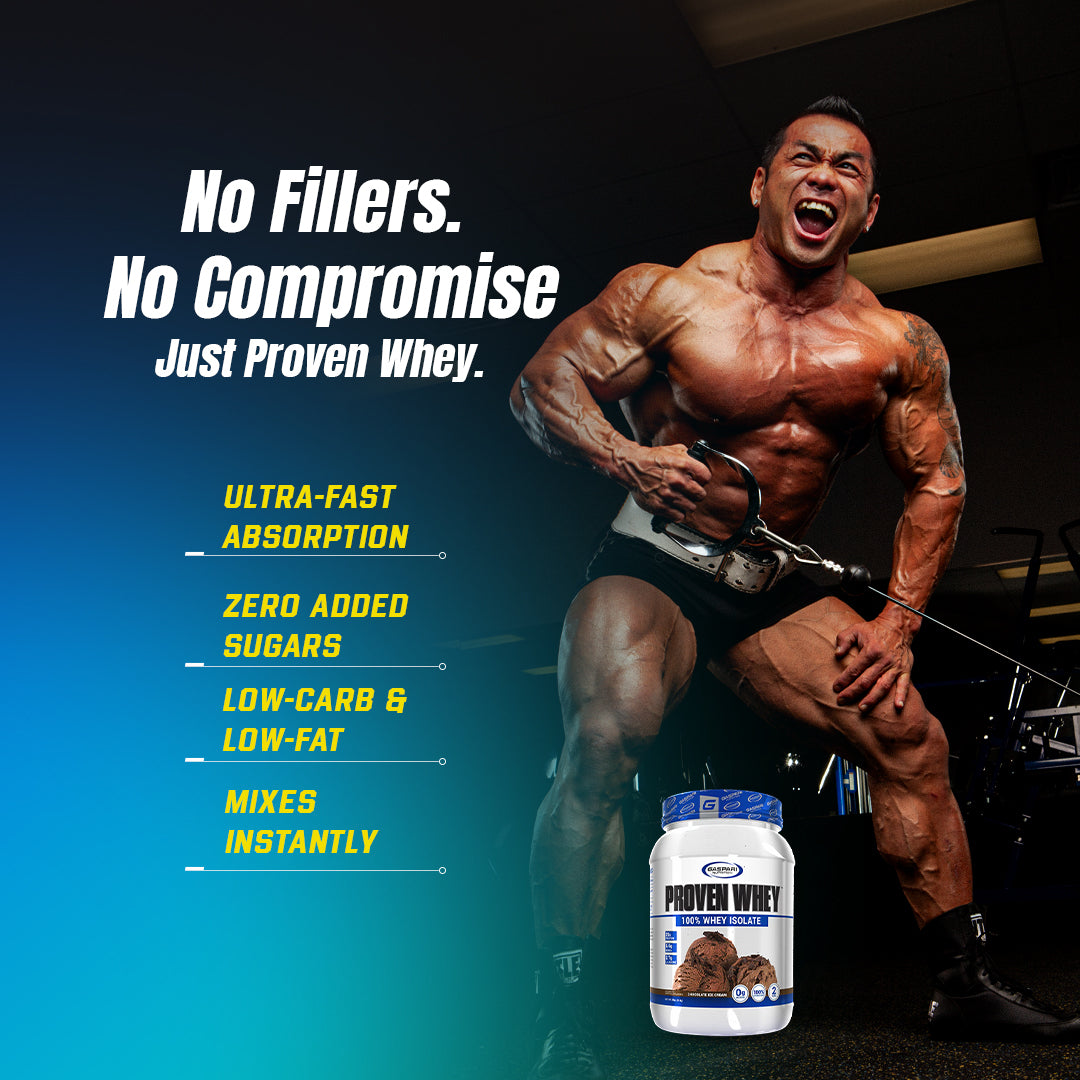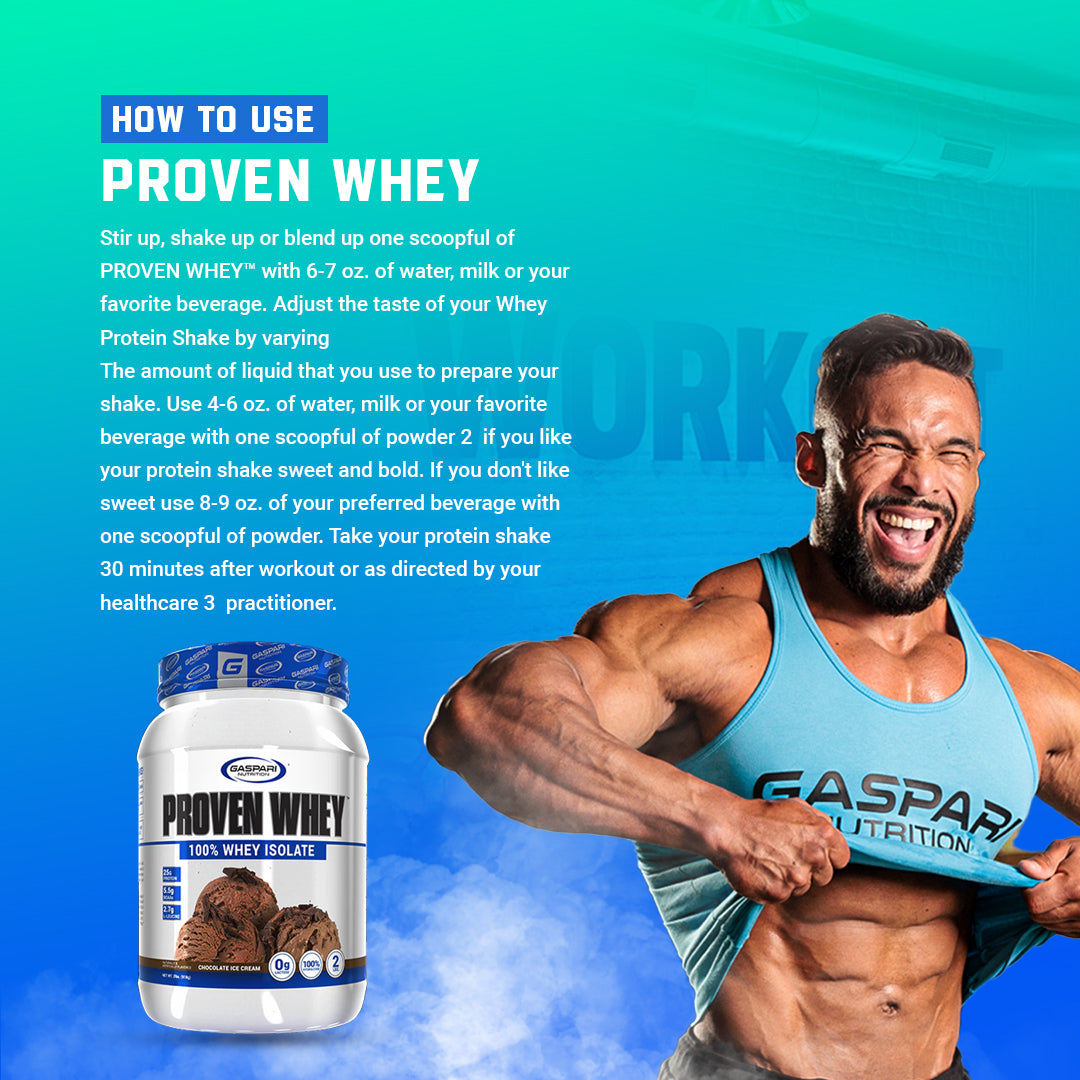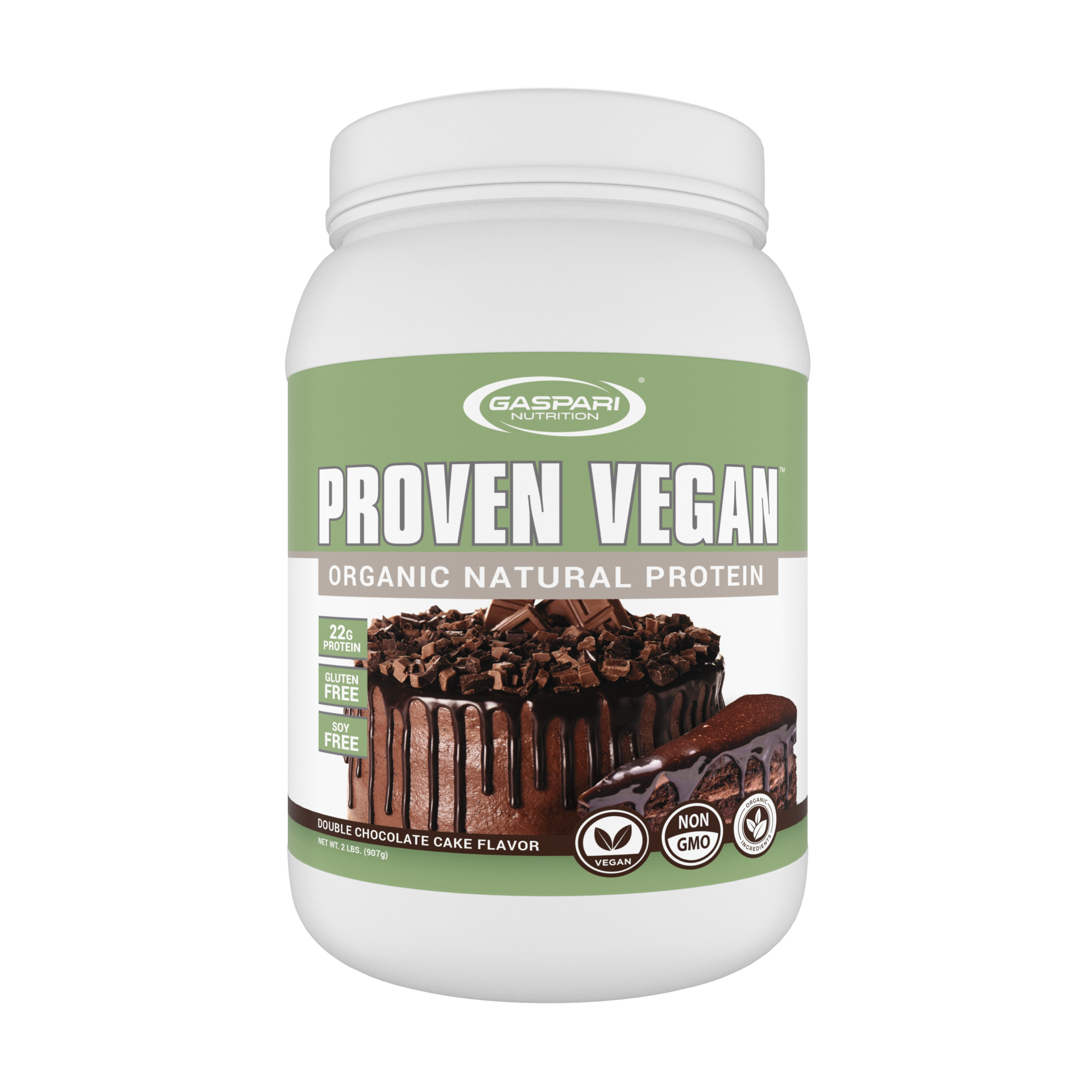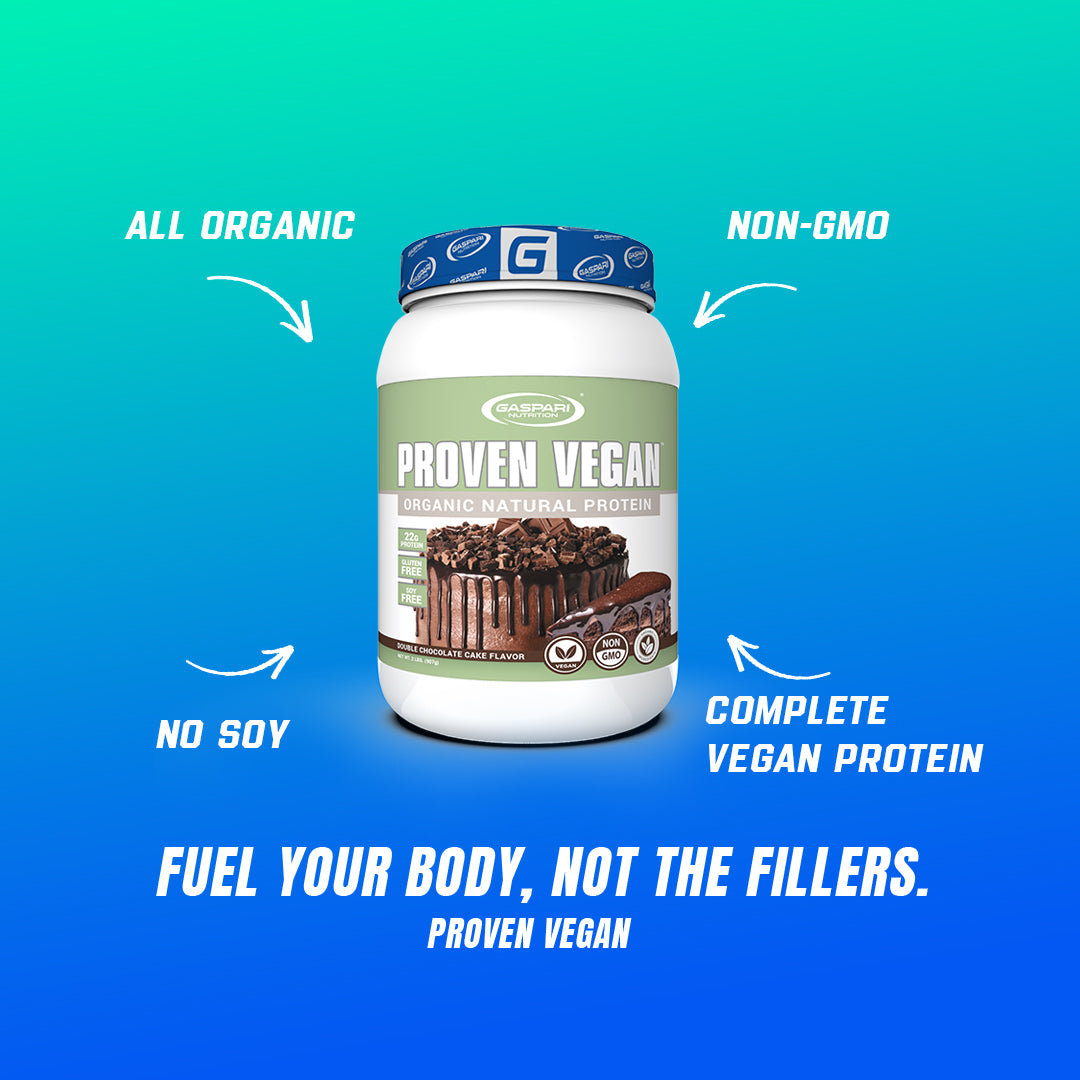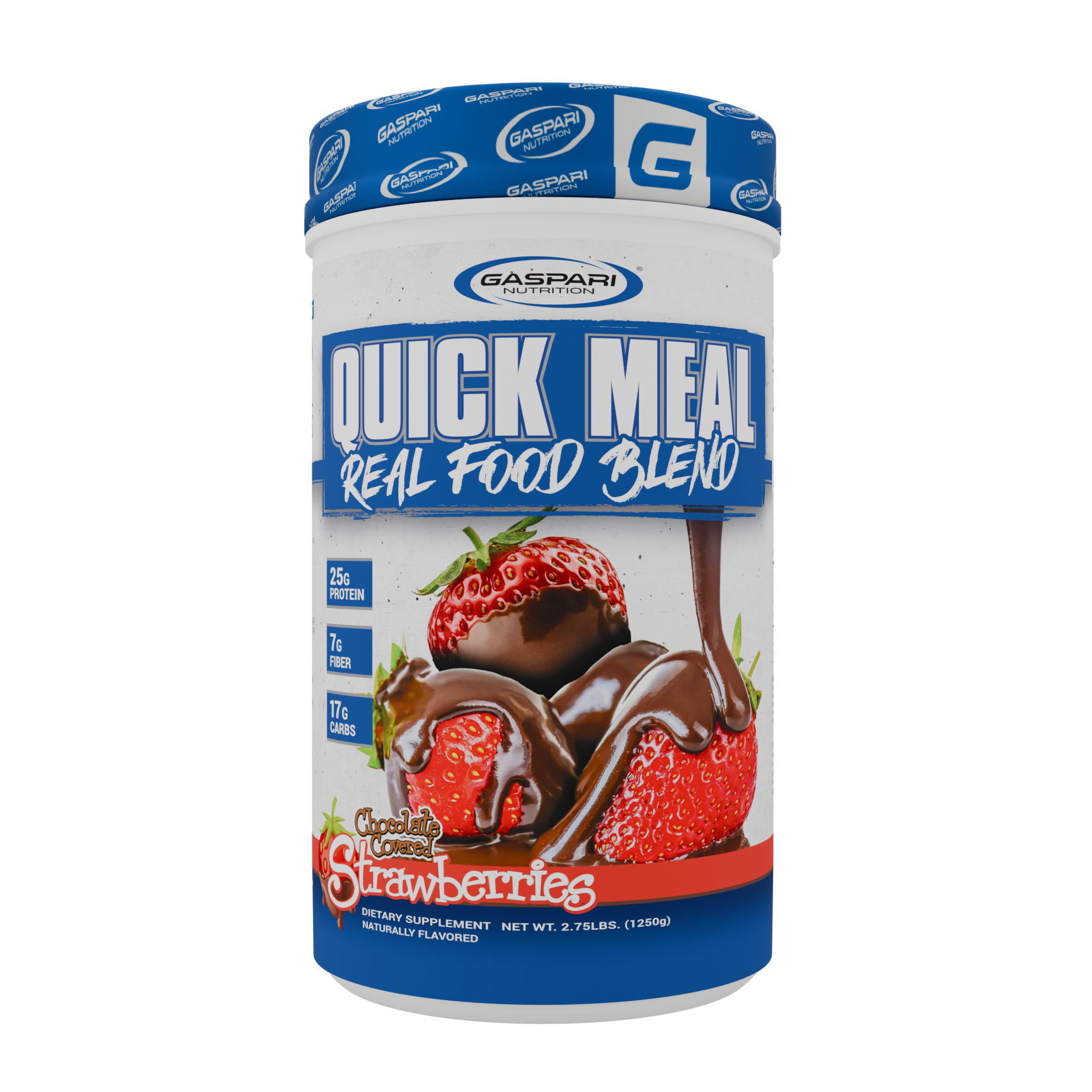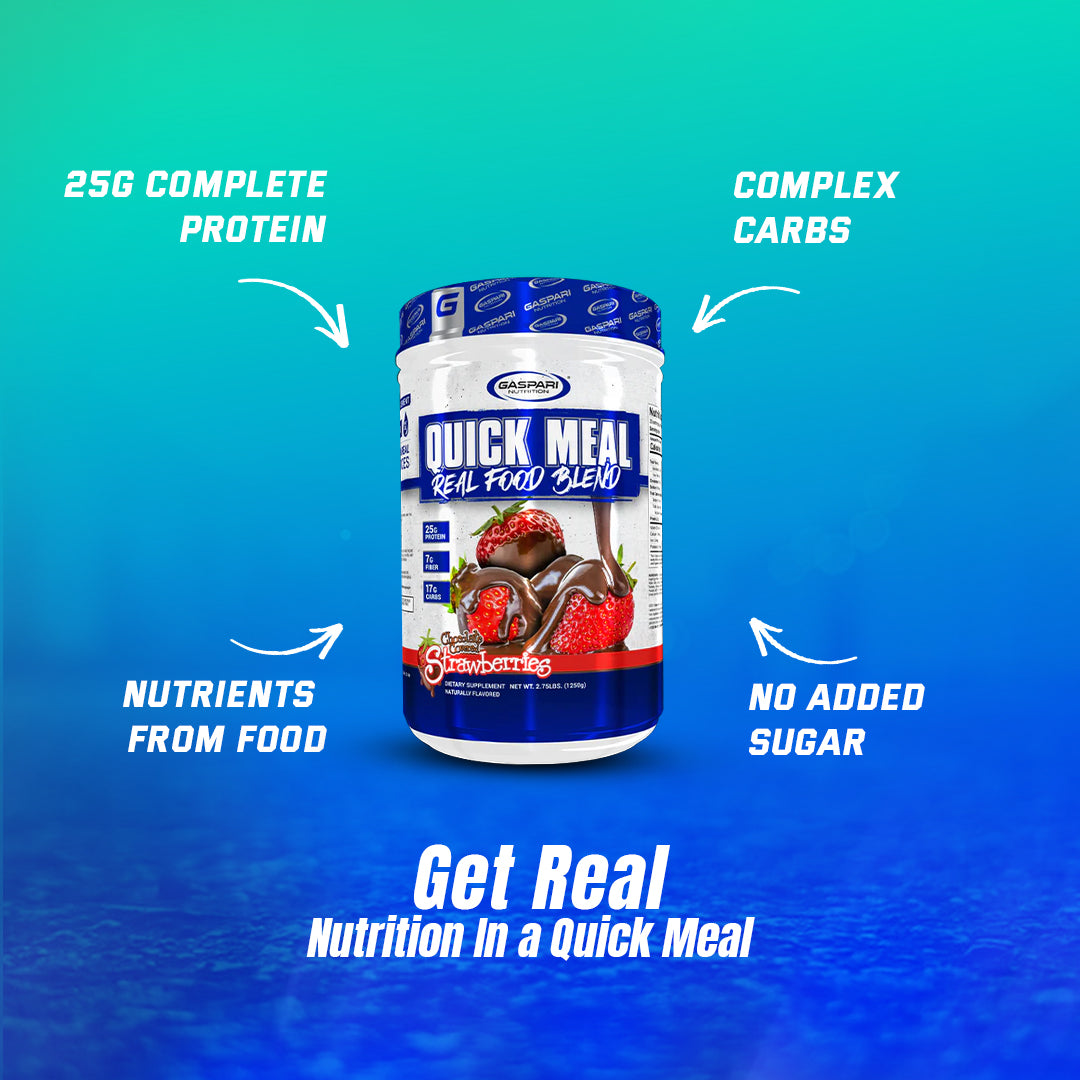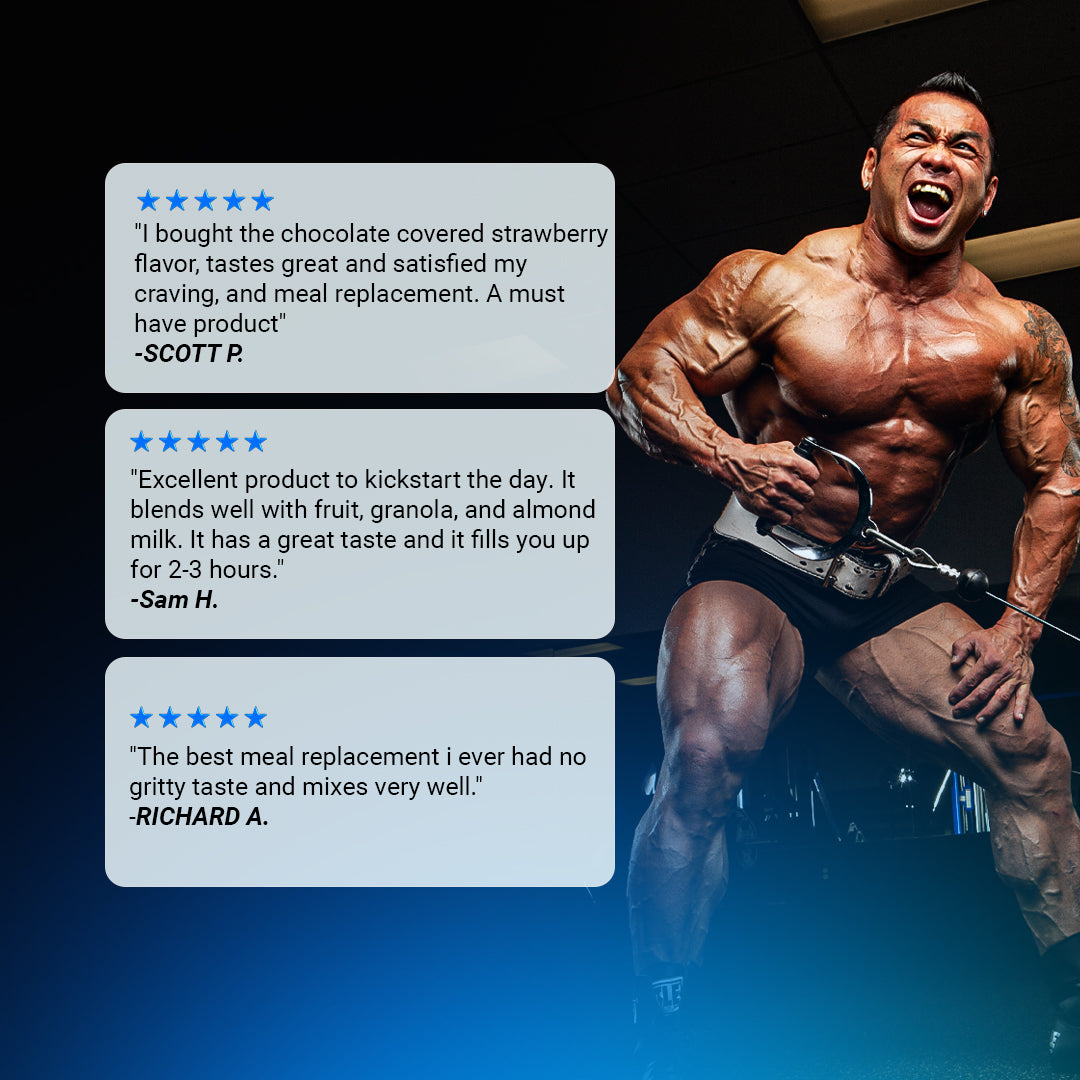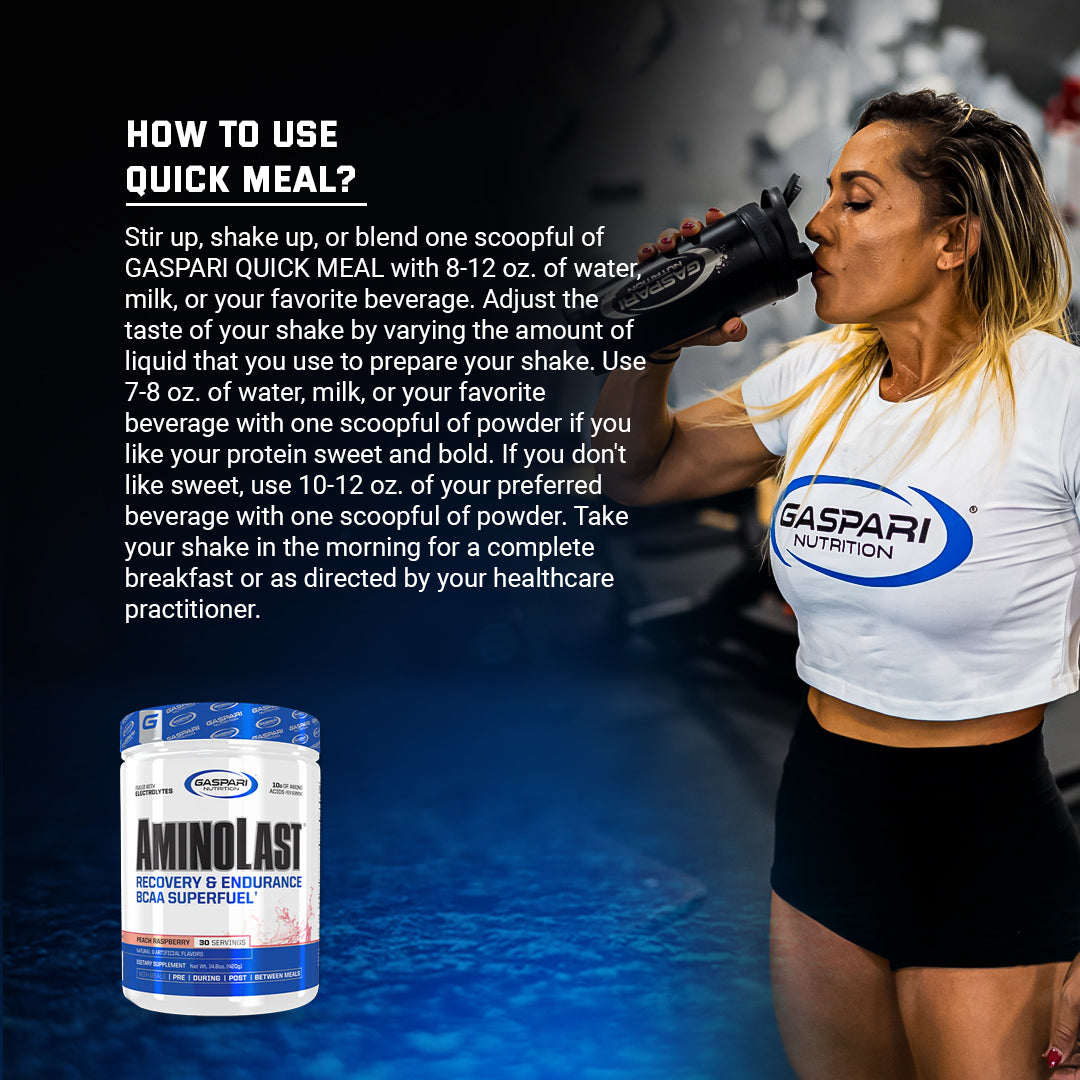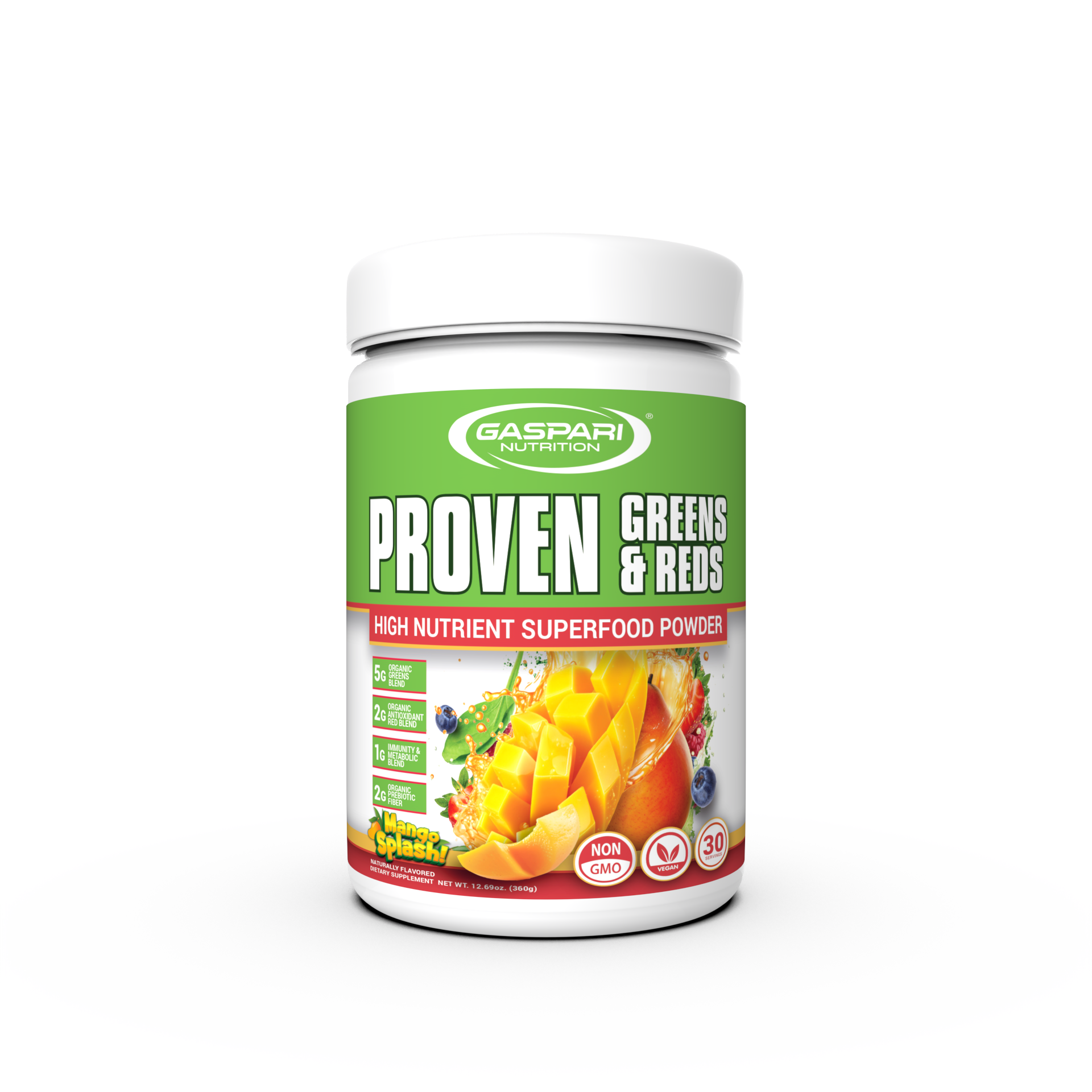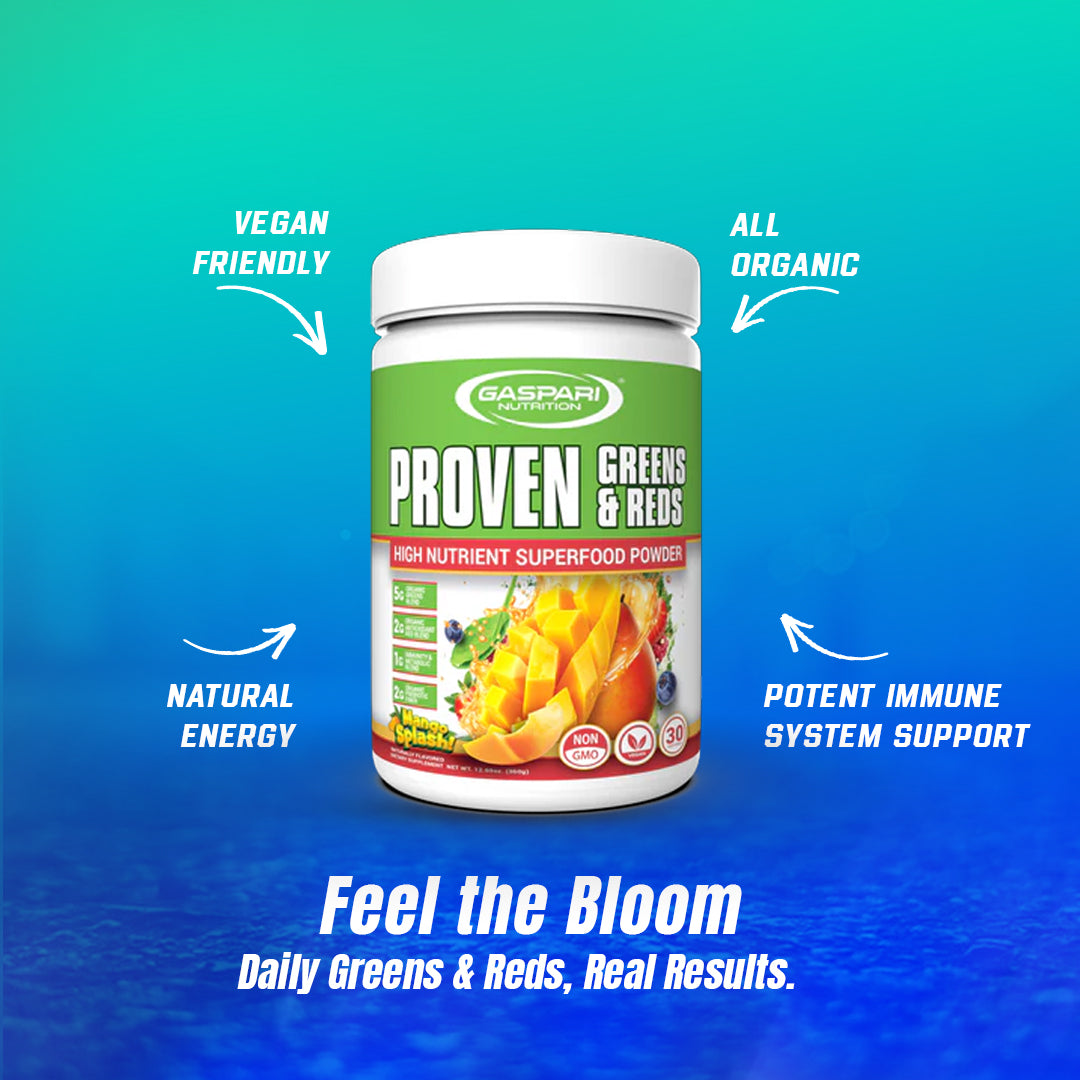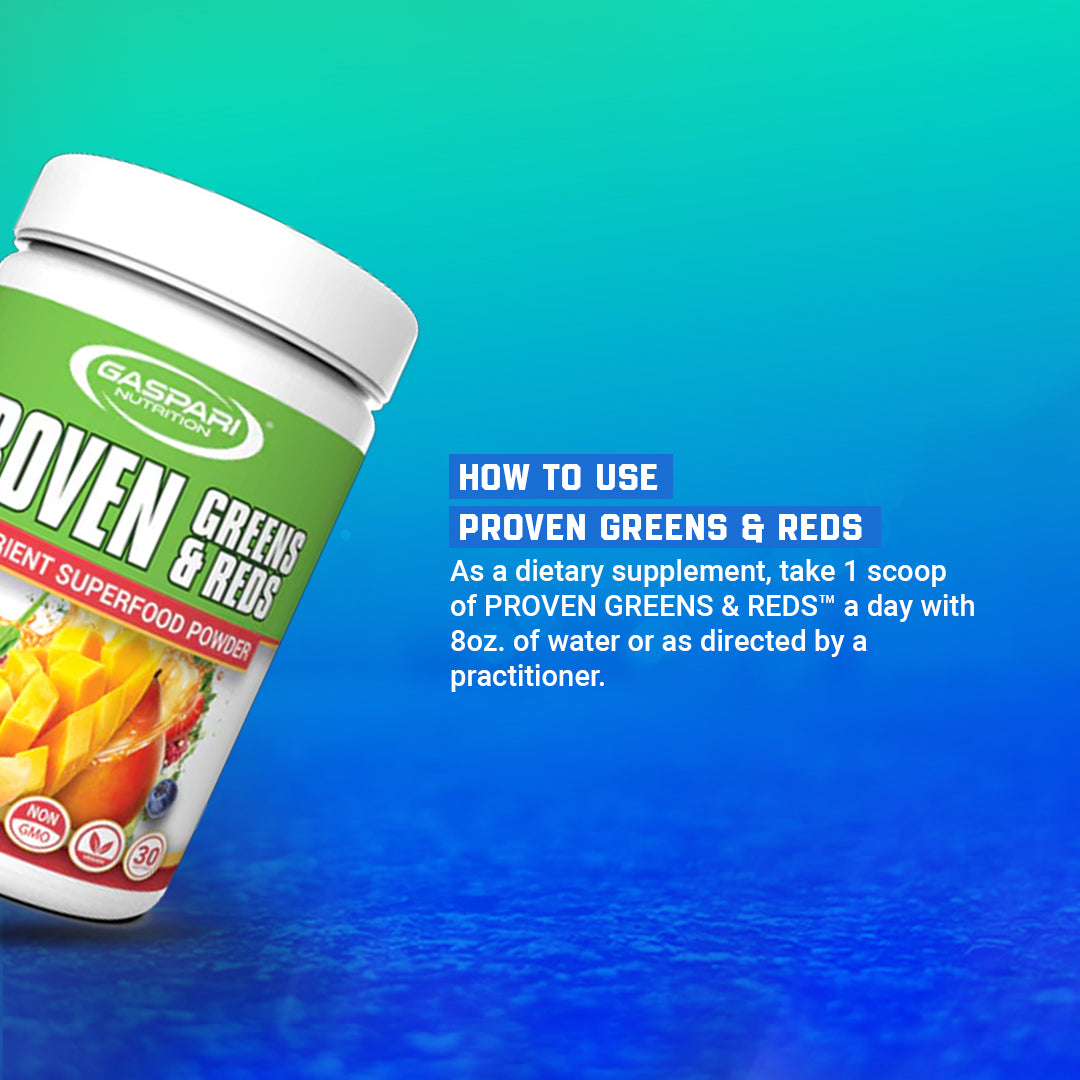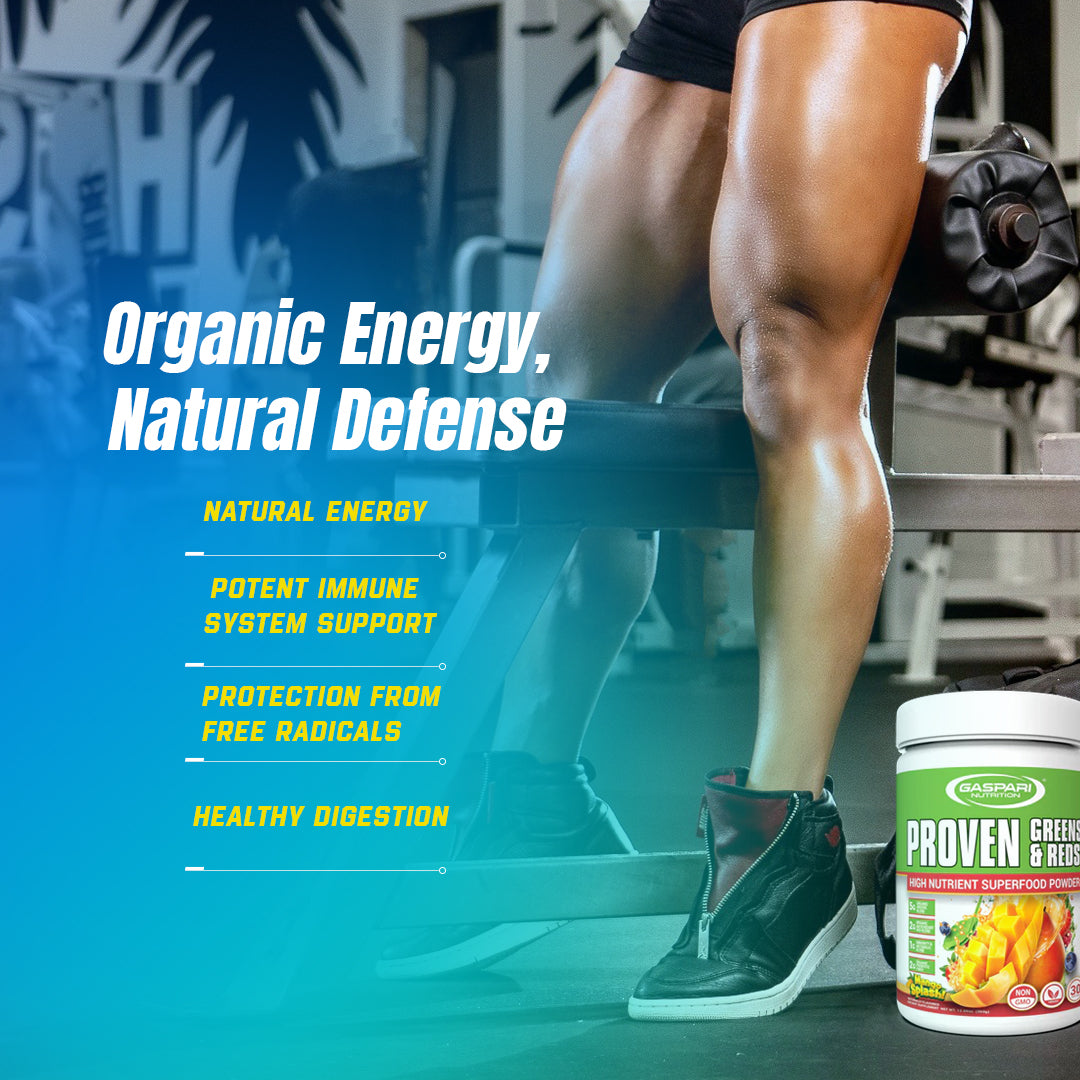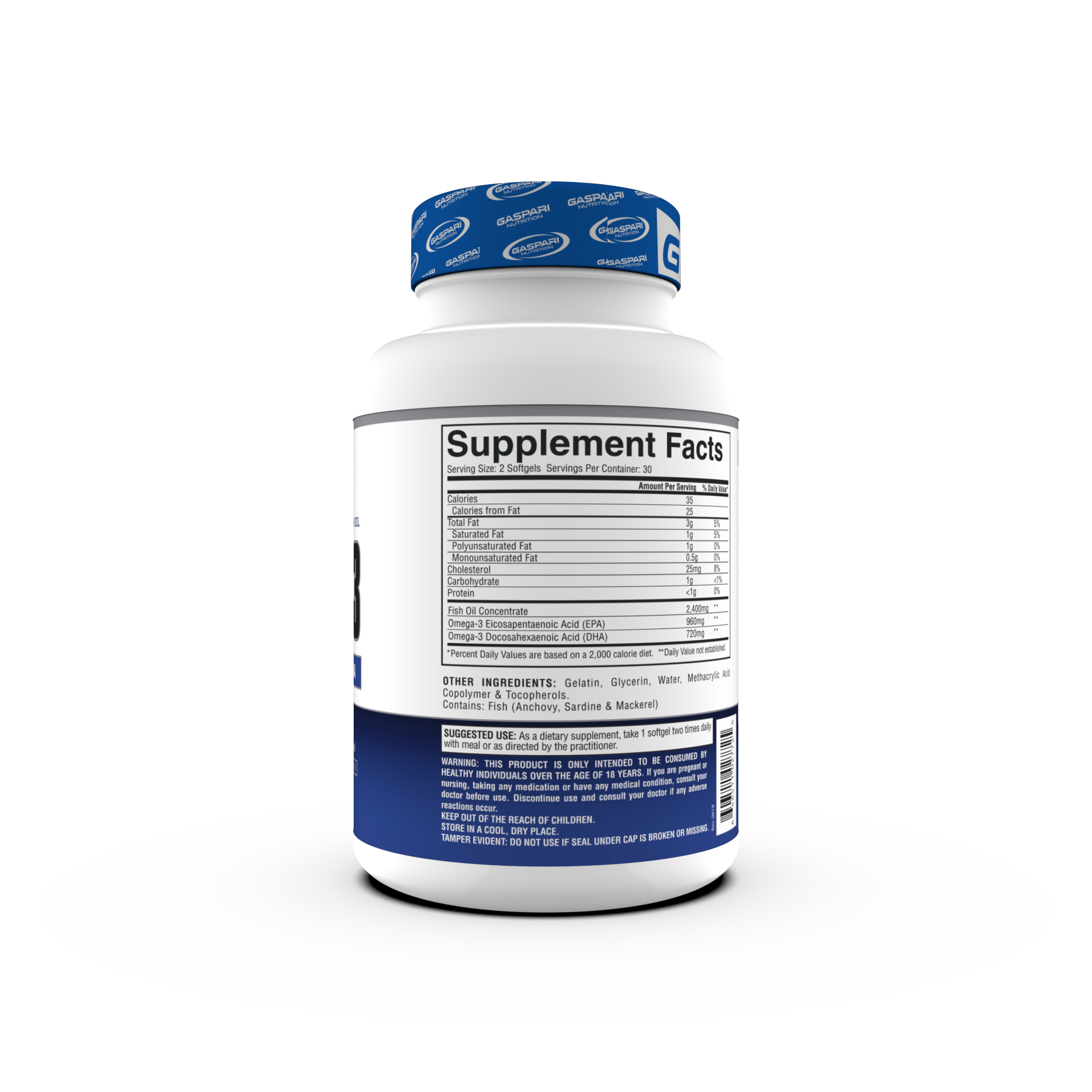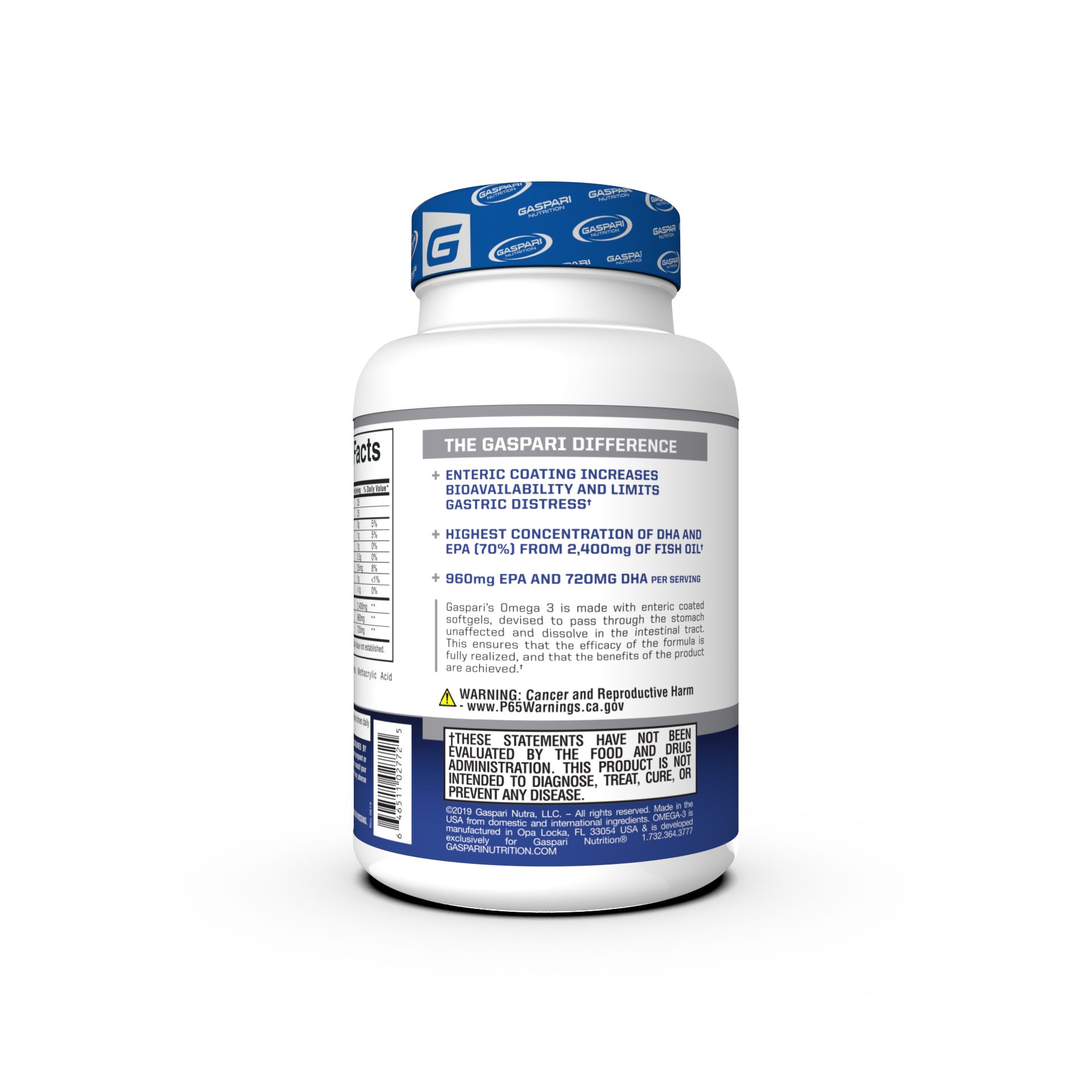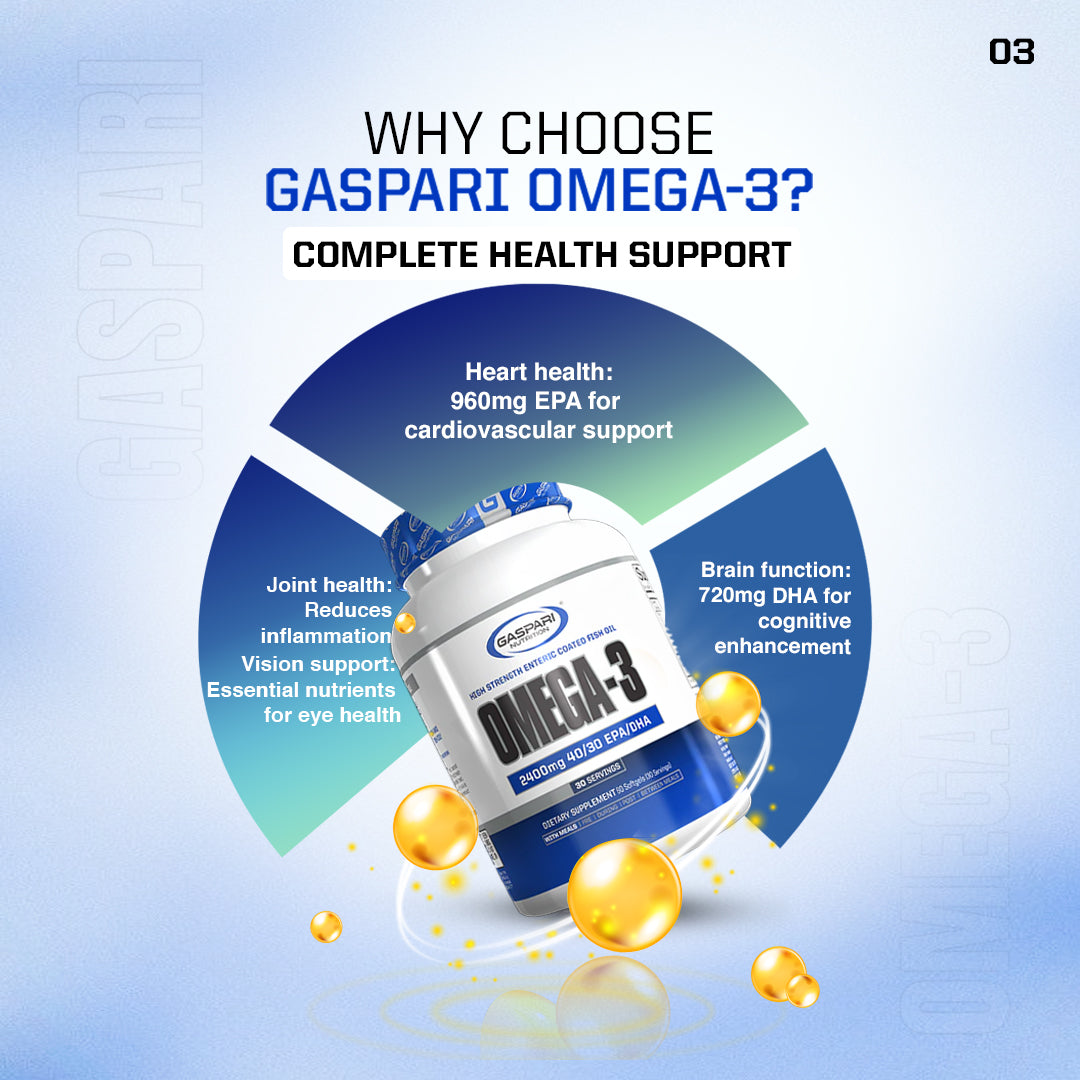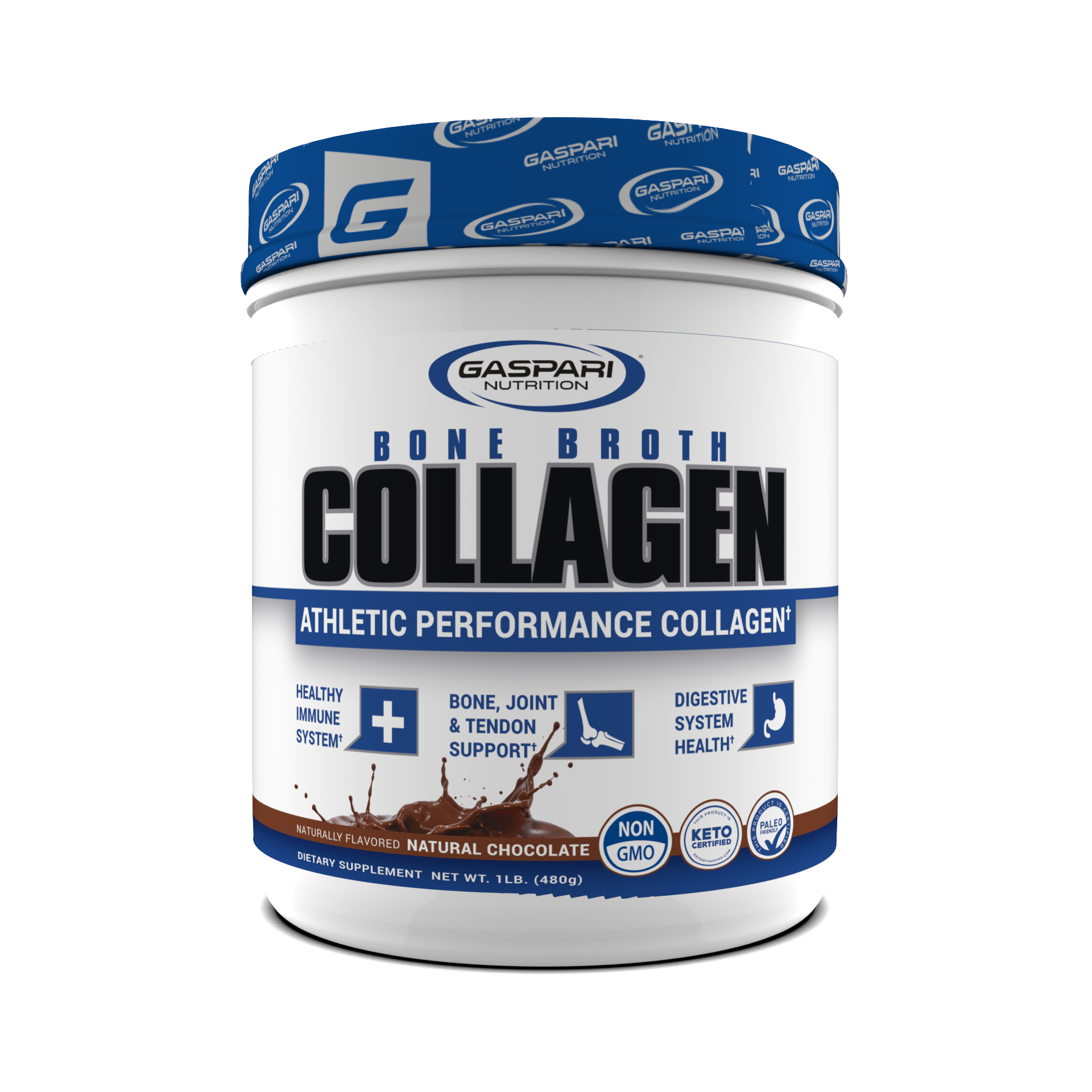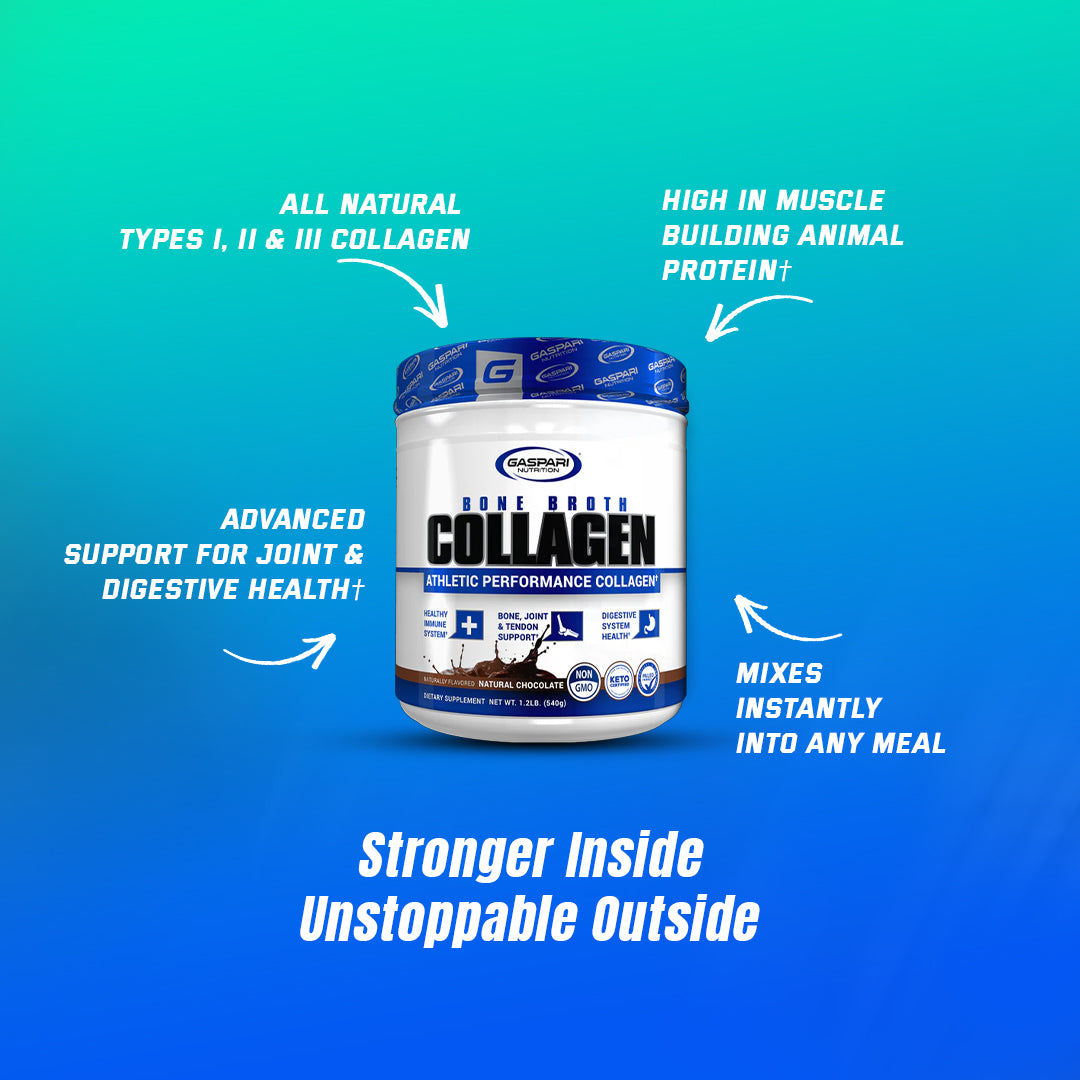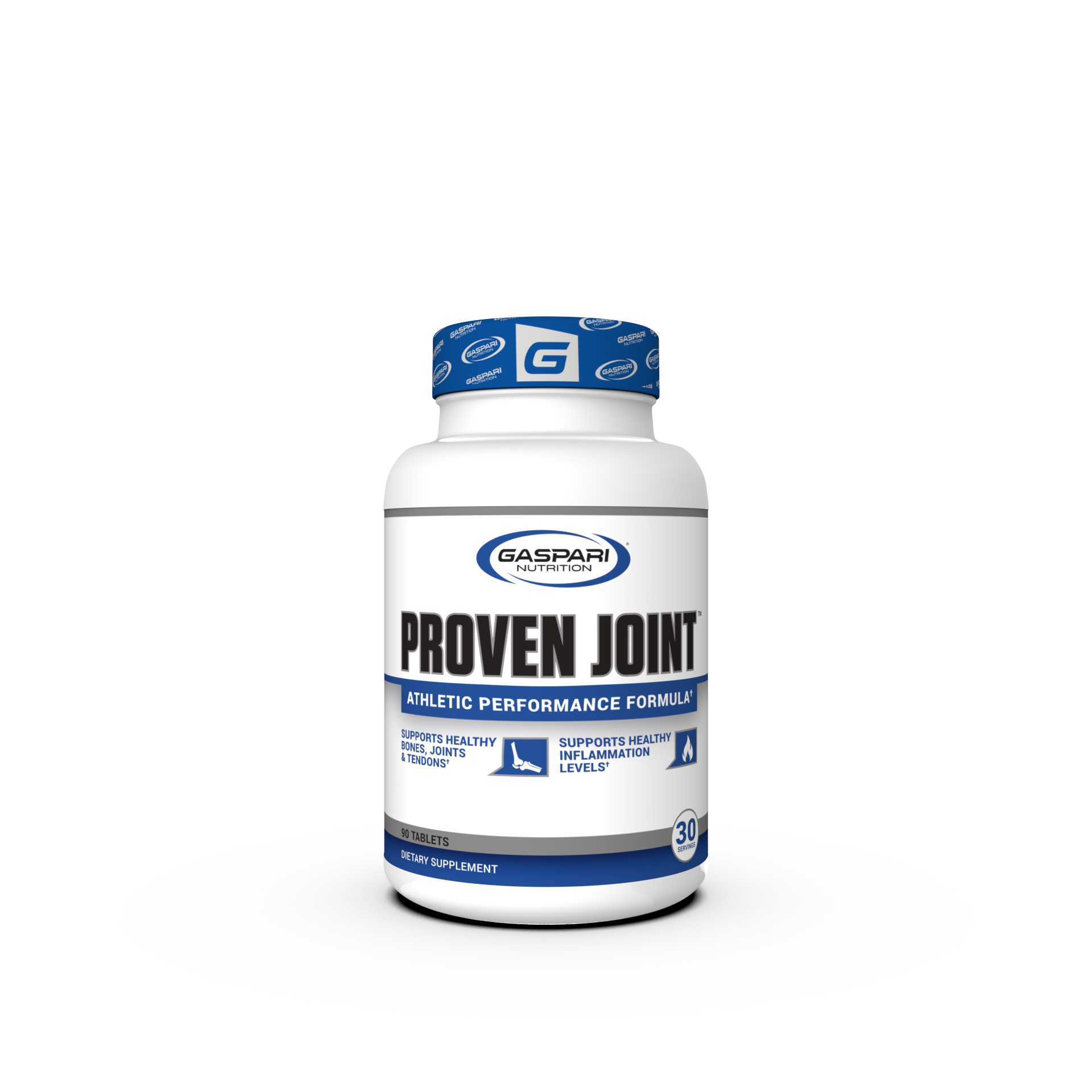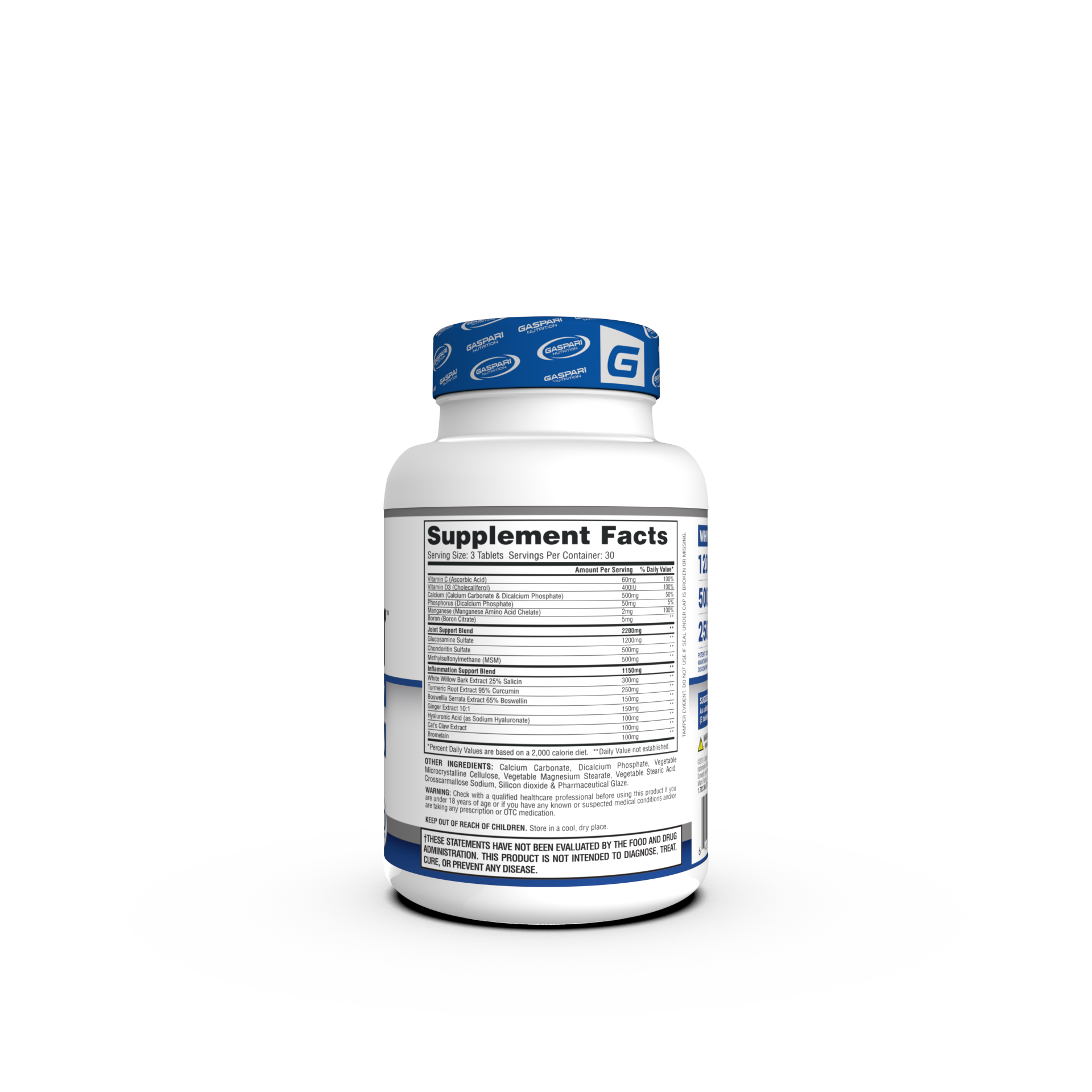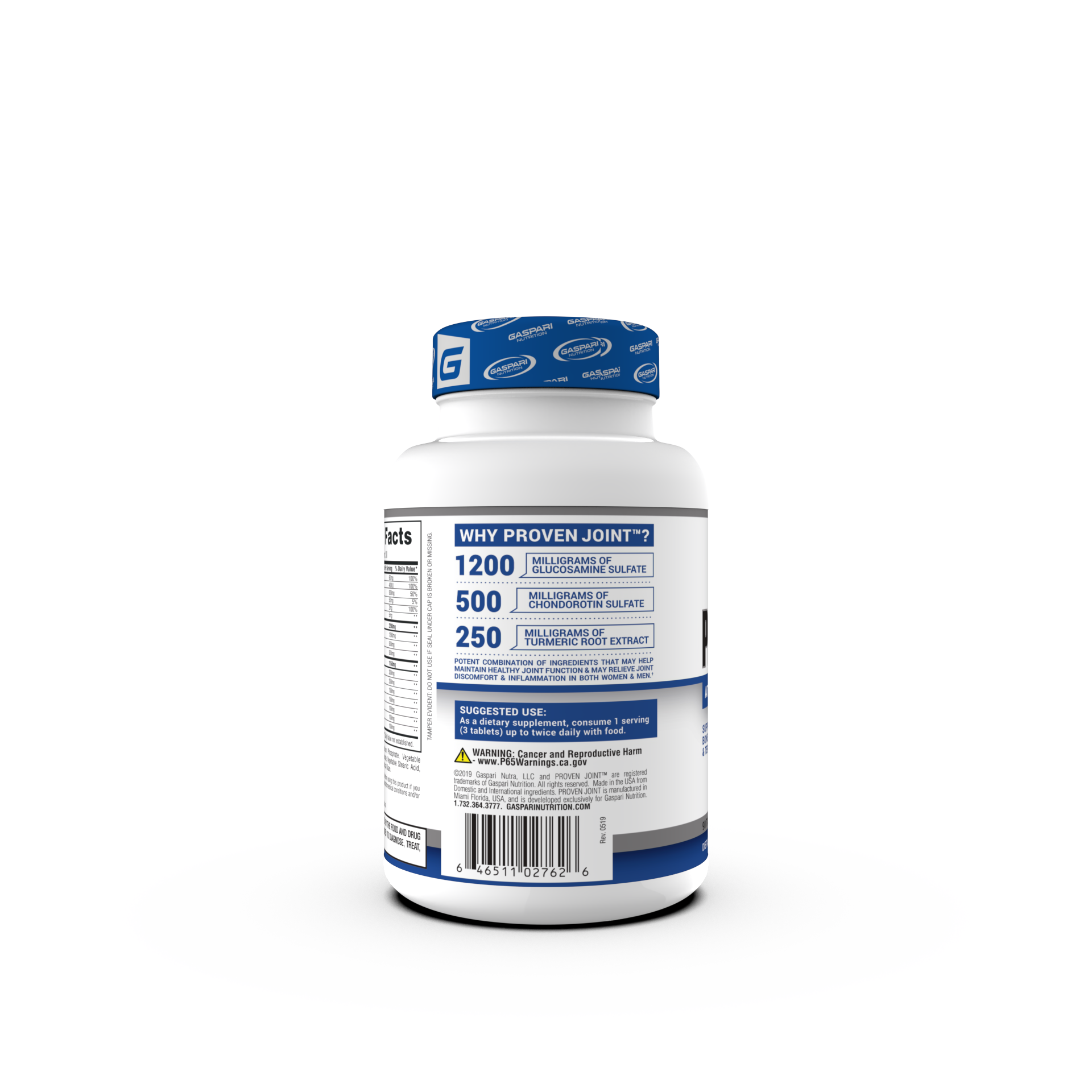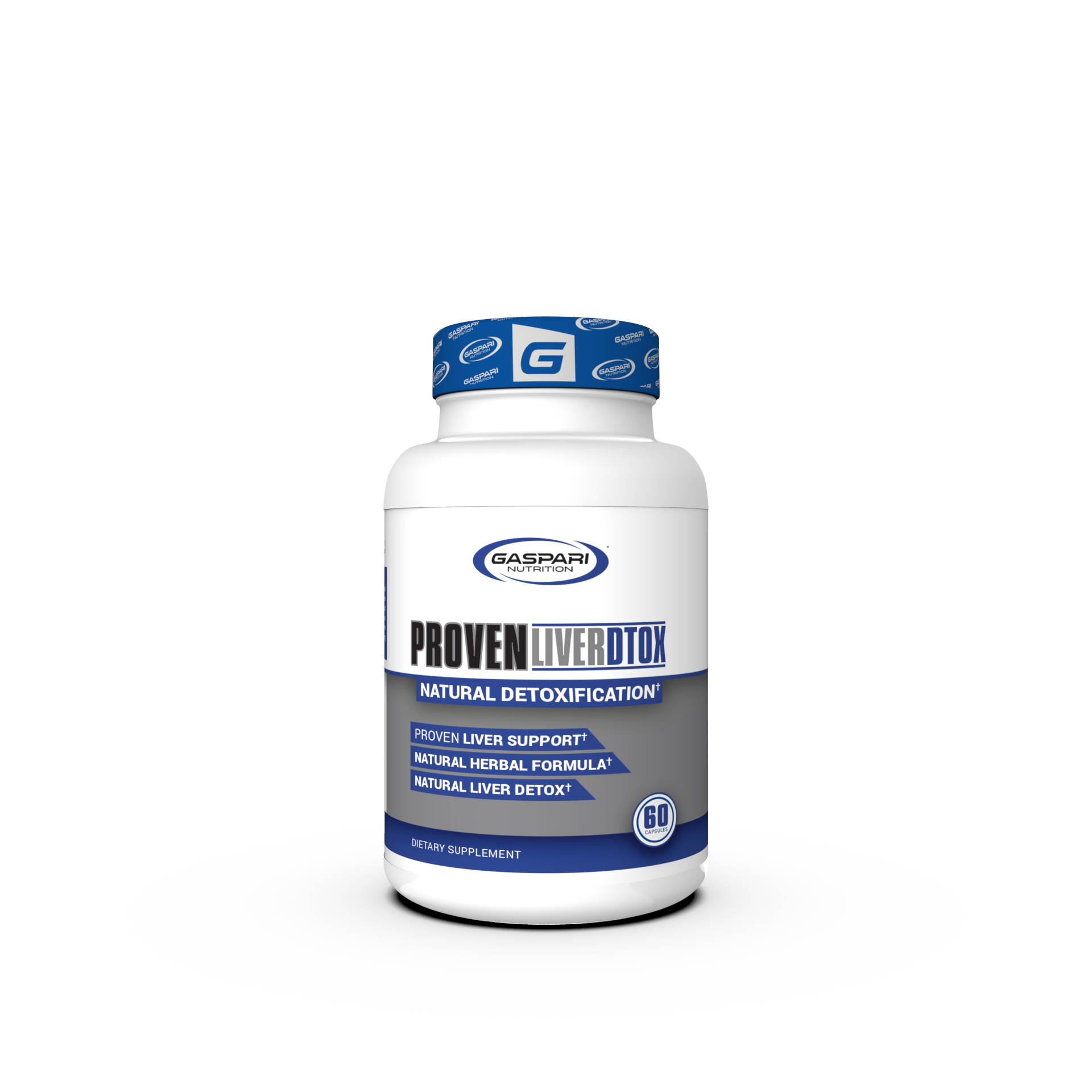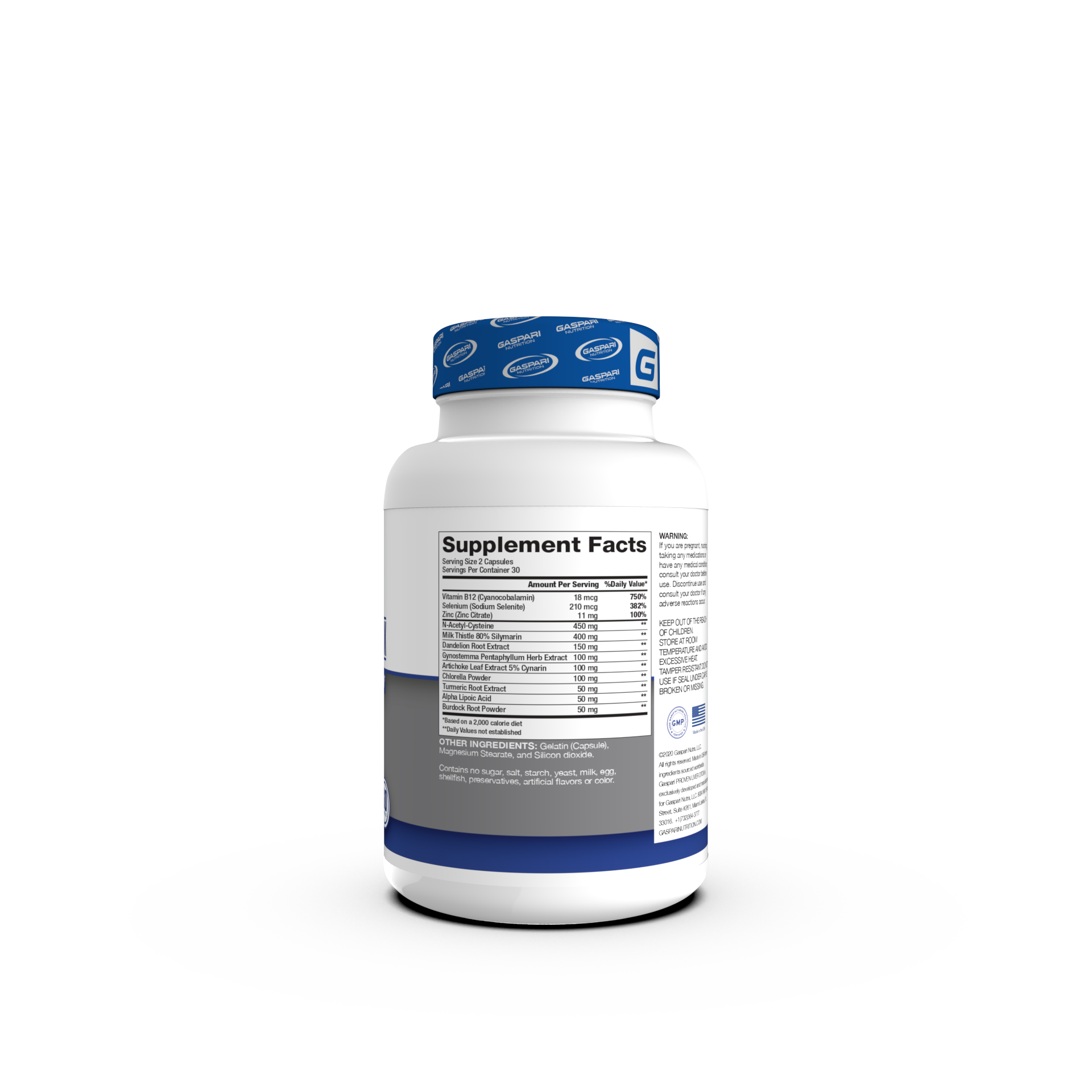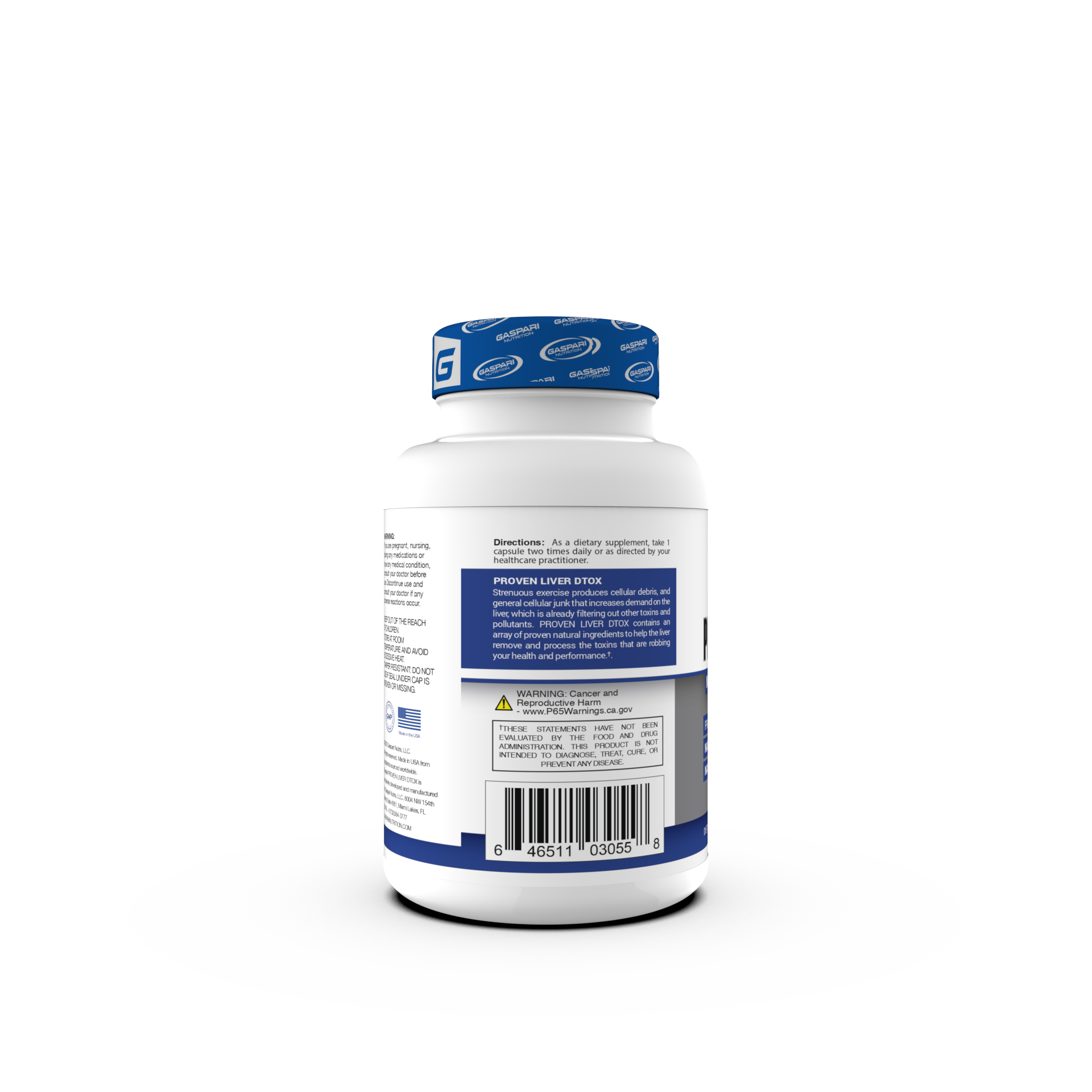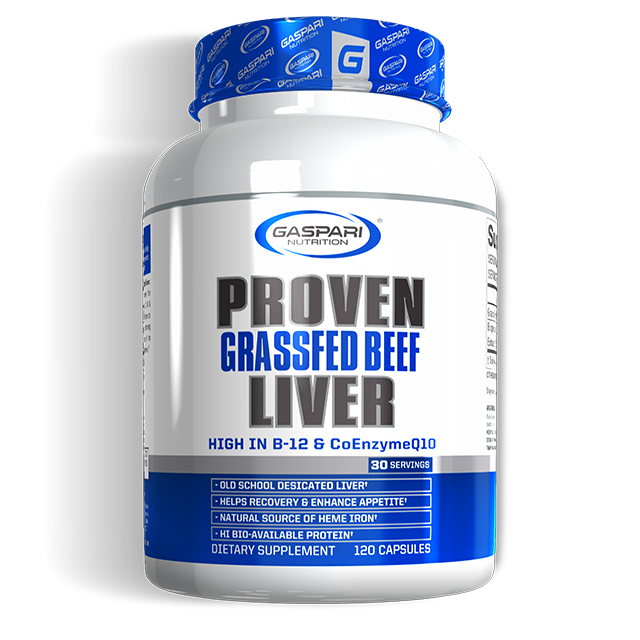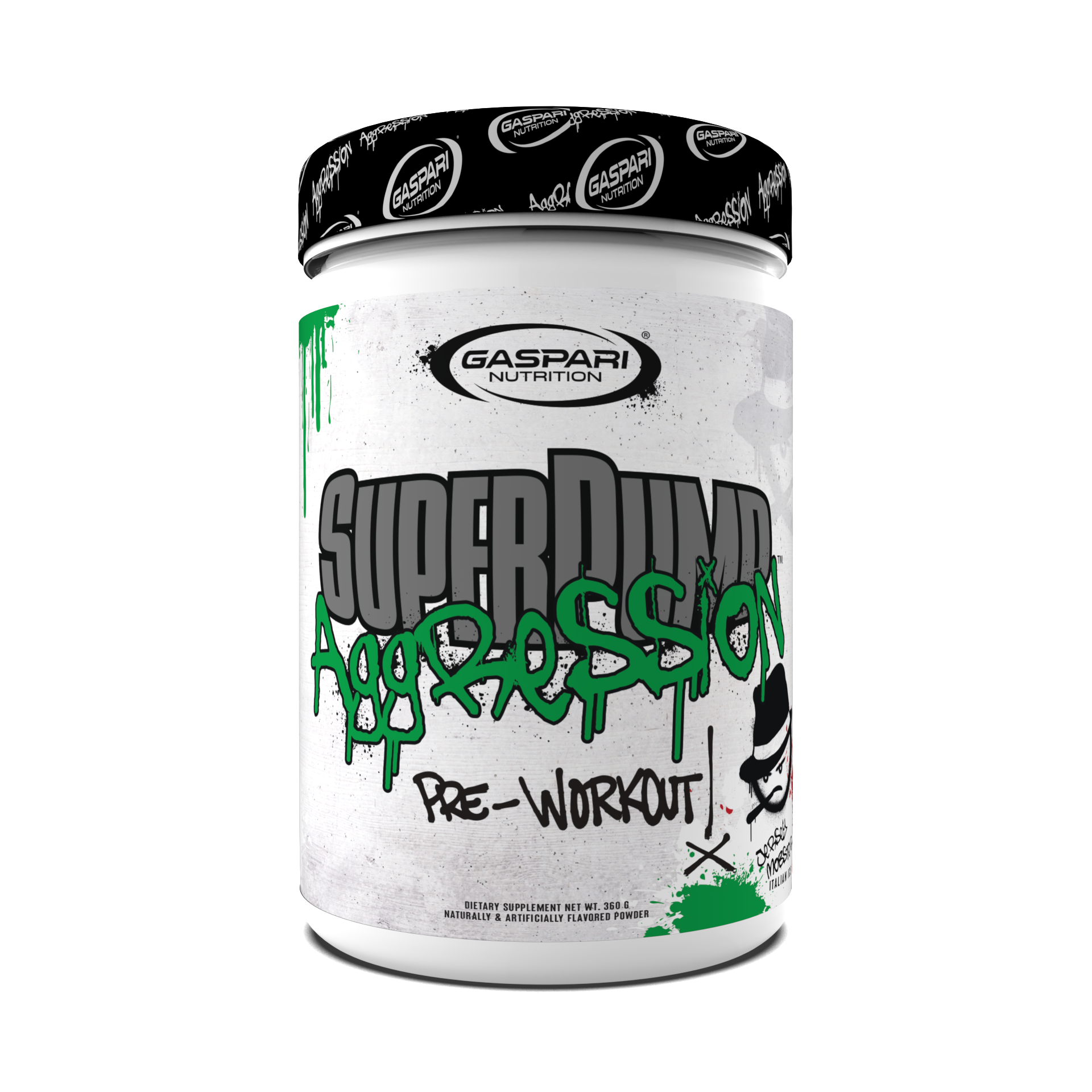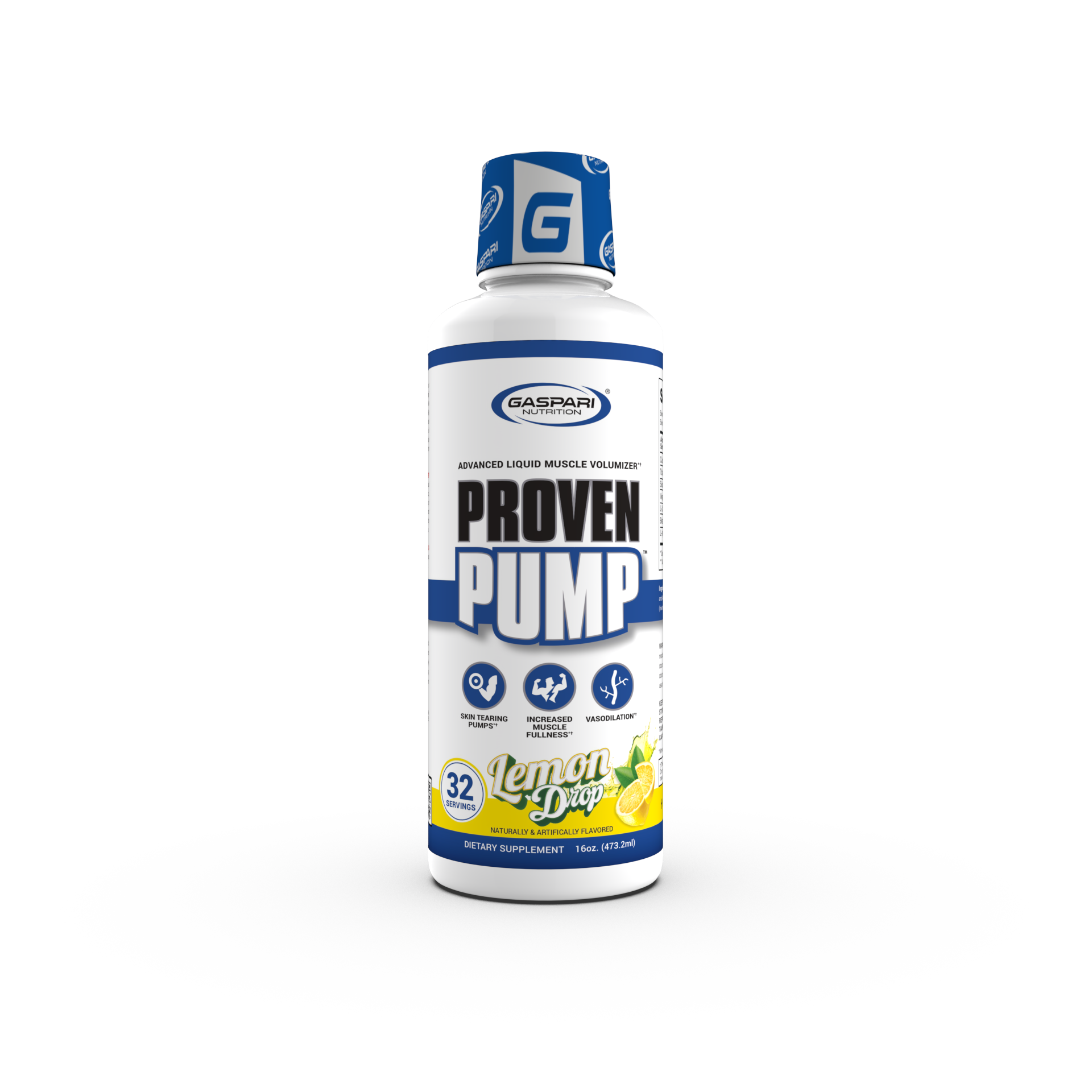Fitness Facts
- by Rich Gaspari
The Importance of Warming Up Before Working Out
Don’t Skip the Warm-Up: Here’s Why It Matters
Ever felt tempted to jump straight into your workout? Maybe you’re in a rush or just eager to get started. But skipping your warm-up can lead to more harm than good. Whether you're lifting weights, running, doing yoga, or dancing, warming up is one of the most important parts of your routine.
Let’s break it down—what is warming up, why does it matter so much, and what are some simple ways to do it right?
What Is a Warm-Up?
A warm-up is a set of low-intensity activities or stretches that prepare your body for more intense physical exercise. It usually lasts 5 to 15 minutes and can include movements like:
Walking or light jogging
Arm circles
Jumping jacks
Dynamic stretching (like leg swings or torso twists)
The goal is to gradually increase your heart rate, warm your muscles, and get your joints ready for action.
Why Is Warming Up So Important?
1. Prevents Injuries
One of the biggest reasons to warm up is injury prevention. Cold, tight muscles are more likely to tear or strain. When you warm up, your blood flow increases, muscles loosen up, and your body becomes more flexible. This makes sudden movements safer.
Example: Imagine pulling a rubber band that’s been in the fridge—it’s more likely to snap. But if you warm it up first, it stretches more easily. Your muscles work the same way.
2. Improves Performance
Warming up doesn't just protect you—it helps you perform better. A warm body reacts faster, moves smoother, and feels more in control.
Runners can run longer with better form
Weightlifters can lift more efficiently
Yogis can hold poses with more ease
Dancers can move with greater fluidity
It’s a small effort that makes a big difference.
3. Boosts Blood Flow and Oxygen
As you warm up, your heart pumps more blood to your muscles. This means more oxygen and nutrients are delivered exactly where you need them. Your muscles become more alert and energized.
This also helps you avoid that tired, sluggish feeling at the start of a workout.
4. Mentally Prepares You
Working out isn’t just physical—it’s mental too. A warm-up gives you time to focus, breathe, and shift your mindset from your daily tasks to your fitness goals.
Think of it as your “get in the zone” moment.
5. Increases Range of Motion
Dynamic warm-ups gently move your joints through their full range of motion. This helps improve flexibility and coordination, making exercises smoother and more effective.
6. Reduces Muscle Soreness
Warming up can help reduce post-workout soreness, especially if followed by a proper cool-down. When your muscles are eased into activity, they recover better and faster.
What Happens If You Skip It?
Skipping your warm-up might save you a few minutes now, but it can cost you later. Common consequences include:
Pulled muscles or sprains
Sudden cramps or stiffness
Sluggish performance
Higher risk of falling or poor posture
Increased fatigue during workouts
It’s like driving a car without letting the engine warm up—it might still run, but not very smoothly.
Easy Warm-Up Ideas for Any Workout
Warming up doesn’t have to be complicated or time-consuming. Here are a few quick warm-up routines you can do before different types of workouts:
Before Cardio (Running, Cycling, HIIT):
March in place – 1 min
Arm swings – 30 sec
High knees – 1 min
Light jogging – 2 mins
Leg swings – 1 min per leg
Before Strength Training:
Jumping jacks – 1 min
Shoulder rolls – 30 sec
Air squats – 1 min
Lunges with a twist – 1 min
Push-ups (slow pace) – 10 reps
Before Yoga or Stretching Workouts:
Cat-cow stretch – 1 min
Neck rolls – 30 sec
Side bends – 1 min
Forward fold to standing – 1 min
Gentle spinal twists – 1 min
Dynamic vs. Static Stretching – What’s the Difference?
You’ve probably heard the terms dynamic stretching and static stretching. Here's a quick comparison:
Type
What It Is
Best For
Dynamic Stretching
Moving while stretching (e.g., leg swings, arm circles)
Before workouts
Static Stretching
Holding a stretch for 20-30 seconds
After workouts
For warming up, dynamic stretching is best because it keeps your body moving and raises your core temperature.
Tips for an Effective Warm-Up
Start slow and build up intensity. Don’t jump into fast moves too quickly.
Match your warm-up to your workout. Doing upper body exercises? Focus more on shoulder and arm movements.
Don’t skip it—even if you're short on time. A 5-minute warm-up is better than none.
Listen to your body. If anything feels tight or painful, spend extra time warming up that area.
Warm Up, Win More
Warming up might not seem exciting, but it’s your body’s first step toward a safe, successful workout. Think of it as laying the foundation before building a house. Without it, everything else is at risk.
So next time you feel like skipping your warm-up—don’t! Your muscles, joints, and future self will thank you.
Your Quick Warm-Up Checklist
Raise your heart rateMove all major joints Focus on breath and posture Keep it light and controlled Stay consistent
Ready to Make Warming Up a Habit?
Start small. Try a 5-minute warm-up before your next workout and notice the difference. Once you feel how good it is, you’ll never want to skip it again!
- by Rich Gaspari
How to Properly Use Protein Powder for Optimal Results
Think You’re Using Protein Powder Correctly?
Protein powder is one of the most widely used supplements among fitness enthusiasts, athletes, and even casual gym-goers. But while many people consume it regularly, not everyone knows how to use protein powder properly before working out to maximize its benefits.
Using protein powder the right way can help you:
Build lean muscle
Enhance workout performance
Speed up recovery
Prevent muscle breakdown
Why Use Protein Powder Before a Workout?
Protein isn’t just for post-workout recovery. Consuming protein before exercise plays a critical role in:
Fueling Muscles
Protein provides amino acids, the building blocks of muscle. When consumed before a workout, it helps fuel your muscle fibers, especially during weight training or high-intensity exercise.
Preventing Muscle Breakdown
During exercise, especially in a fasted state, the body can break down muscle protein for energy. A pre-workout protein shake can minimize this catabolism, helping you preserve muscle mass.
Improving Muscle Protein Synthesis
Studies show that pre-workout protein can stimulate muscle protein synthesis (MPS), especially when combined with resistance training. This leads to better muscle repair and growth.
When Should You Take Protein Powder Before a Workout?
Timing is key. The best time to consume protein powder before a workout is:
30 to 60 minutes prior to exercise
This gives your body enough time to:
Digest the protein
Absorb amino acids into your bloodstream
Deliver nutrients to your muscles
Pro Tip: Combine it with a small amount of carbs (like a banana or oats) to enhance energy and amino acid delivery to muscles.
How Much Protein Should You Take Before Working Out?
Your dosage depends on your body weight, goals, and intensity of your workout. A general guideline is:
Body Weight
Recommended Protein Dose
Under 150 lbs
15–20 grams
150–200 lbs
20–25 grams
Over 200 lbs
25–30 grams
This translates to about 1 scoop of most commercial whey or plant-based protein powders.
Best Types of Protein Powder for Pre-Workout
Not all protein powders are the same. Here are some of the best choices for pre-workout use:
Whey Protein Isolate
Fast-digesting
High in BCAAs (Branched-Chain Amino Acids)
Ideal for quick energy and muscle support
Plant-Based Protein (Pea, Rice, Soy)
Great for vegans or those with lactose intolerance
Choose blends that offer a complete amino acid profile
Hydrolyzed Protein
Pre-digested for faster absorption
Excellent choice for sensitive stomachs or quick pre-workout fuel
Avoid casein protein pre-workout as it digests slowly and is better suited for nighttime recovery.
Can You Mix Protein Powder with Other Ingredients?
Absolutely! In fact, combining protein powder with the right ingredients can enhance your performance and keep you fuller during workouts.
Smart Combinations for Pre-Workout Shakes:
Ingredient
Benefit
Banana
Quick-digesting carbs for energy
Oats
Sustained energy and fiber
Peanut Butter
Healthy fats to keep you satisfied
Coffee (yes!)
Natural caffeine boost
Creatine Monohydrate
Strength and endurance support
Avoid high-fat dairy or heavy fruits that may slow digestion right before training.
Common Mistakes to Avoid
Using protein powder the wrong way can limit your results. Here are some pitfalls to watch for:
Taking It Too Close to Workout Time
Drinking your shake right before exercise can cause bloating or discomfort.
Skipping Carbs
Protein alone is not enough. Your body needs carbohydrates to fuel your workout and shuttle amino acids into muscles.
Overloading on Protein
Too much protein doesn’t equal better results. Stick to 20–30 grams per serving to avoid kidney stress or fat gain.
Pre-Workout Protein vs. Post-Workout Protein
You might wonder: is pre-workout protein better than post-workout?
The answer: Both are important.
Aspect
Pre-Workout Protein
Post-Workout Protein
Purpose
Fuel + prevent breakdown
Repair + recovery
Timing
30–60 mins before
Within 30 mins after
Best Type
Fast-digesting (Whey)
Fast-digesting (Whey)
Key Additions
Carbs for energy
Carbs for glycogen refill
Incorporating protein before and after workouts ensures a continuous supply of amino acids for your muscles.
Sample Pre-Workout Protein Shake Recipe
Here’s a quick and delicious shake you can make before hitting the gym:
Banana Coffee Power Shake
1 scoop whey isolate
1/2 banana
1 tsp instant coffee or espresso
1 tbsp peanut butter
1/2 cup oat milk or water
Blend and enjoy 30 minutes before training!
Protein powder is more than just a post-workout staple. When used properly before your workout, it can significantly boost your performance, prevent muscle breakdown, and prepare your body for growth and recovery.
Quick Recap:
Take it 30–60 mins before exercise
Combine with carbs for best results
Stick to 20–30 grams per serving
Choose fast-digesting proteins like whey isolate or plant-based blends
Start using protein powder the right way before your workouts, and you'll begin to see better results—both in how you feel during training and how your body transforms over time.
FAQs: Your Protein Powder Questions, Answered
Q: Can I use protein powder if I’m doing cardio?
Yes! A small serving (15–20g) before cardio can preserve lean muscle mass, especially in longer sessions.
Q: Should I use protein powder if I’m trying to lose weight?
Absolutely. Protein increases satiety, supports fat loss, and helps retain muscle during calorie deficits.
Q: What if I work out in the morning?
Drink a light protein shake (with a banana or coffee) 20–30 minutes before. It fuels you without being too heavy.




